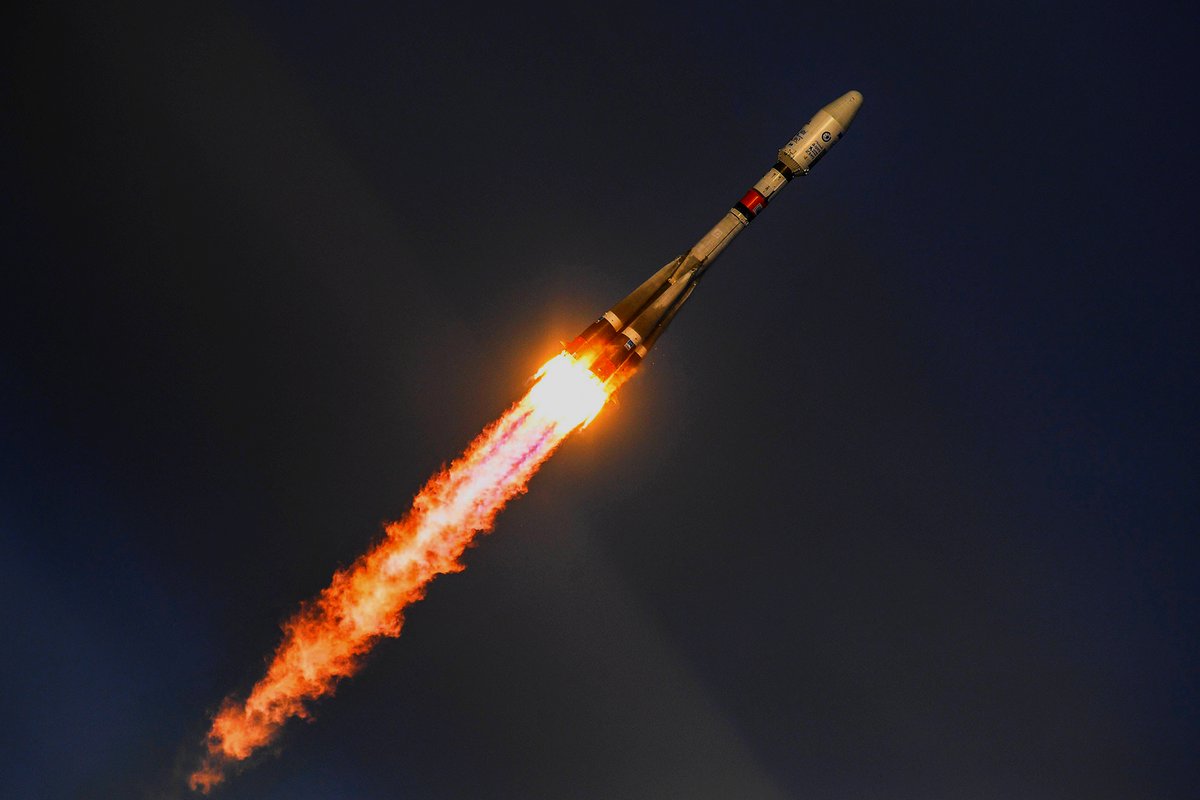[Thread] - Why is Soyuz a cool rocket?
Soyuz, besides having flown 1 878 times (32% of the orbital flights in history), is anything but an ordinary rocket, that& #39;s what I& #39;ll talk about, in English for once.
All the pics, except some exceptions, are made by TsENKI.
Soyuz, besides having flown 1 878 times (32% of the orbital flights in history), is anything but an ordinary rocket, that& #39;s what I& #39;ll talk about, in English for once.
All the pics, except some exceptions, are made by TsENKI.
This is a general thread, not intended to go into detail, so I& #39;ll make some approximations.
In the same way, I will designate all the versions of the R-7 having flown (Vostok, Molniya, Voskhod, Poliot, Soyuz) under the name of Soyuz, for more simplicity.
In the same way, I will designate all the versions of the R-7 having flown (Vostok, Molniya, Voskhod, Poliot, Soyuz) under the name of Soyuz, for more simplicity.
Also, I am not a native English speaker, so I might make a lot of mistakes. I apologize in advance ;)
Just before going into the technical aspects of the launcher, just know that Soyuz has had in its history 8 launch pads, in 4 bases, on 3 continents and 3 countries (Russia, Kazakhstan, France).
This is of course an unequalled record. A truly legendary rocket.
This is of course an unequalled record. A truly legendary rocket.
Even if it may seem surprising, the word to remember when talking about Soyuz is "simplicity".
In fact, it& #39;s surely one of the simplest launcher to build and to launch, hence its rather low price and its high launch frequency. But why? Let& #39;s look at the architecture of Soyuz.
In fact, it& #39;s surely one of the simplest launcher to build and to launch, hence its rather low price and its high launch frequency. But why? Let& #39;s look at the architecture of Soyuz.
The lower part is composed of 4 side blocks, propelled by an RD-107, and of a central block, with an RD-108.
The separation of side blocks is always a delicate step in an orbital flight. However, as I said, Soyuz is a simple launcher. So how to simplify it?
 https://abs.twimg.com/emoji/v2/... draggable="false" alt="📸" title="Kamera mit Blitz" aria-label="Emoji: Kamera mit Blitz"> - CNES
https://abs.twimg.com/emoji/v2/... draggable="false" alt="📸" title="Kamera mit Blitz" aria-label="Emoji: Kamera mit Blitz"> - CNES
The separation of side blocks is always a delicate step in an orbital flight. However, as I said, Soyuz is a simple launcher. So how to simplify it?
It& #39;s simple, by not separating them. Or rather, by not really having a traditional separation system.
When assembled, the side blocks are simply slid into the central block, that& #39;s all. Here you can see the upper ball joint of a side block :
When assembled, the side blocks are simply slid into the central block, that& #39;s all. Here you can see the upper ball joint of a side block :
Once the fuel is exhausted, they will simply fall by gravity.
A little "thing" sticks out of the ball joint, and will extend as the block falls. This will trigger the opening of the oxygen tank, which will push the top of the block back. This is how the Korolyov cross is formed.
A little "thing" sticks out of the ball joint, and will extend as the block falls. This will trigger the opening of the oxygen tank, which will push the top of the block back. This is how the Korolyov cross is formed.
In fact, I lied, the side blocks are indeed attached from below to the Block A (central block).
But this attachment is only to keep the blocks in an aligned position, and to prevent them from sliding on the sides during the flight.
But this attachment is only to keep the blocks in an aligned position, and to prevent them from sliding on the sides during the flight.
It& #39;s also time to correct a mistake regularly made, especially on models.
Soyuz isn& #39;t white, but almost fully gray. The white color that it has at liftoff is only frost which forms on the oxygen tank, not paint!
Look at the difference during rollout and launch:
 https://abs.twimg.com/emoji/v2/... draggable="false" alt="📸" title="Kamera mit Blitz" aria-label="Emoji: Kamera mit Blitz"> - ESA & CNES
https://abs.twimg.com/emoji/v2/... draggable="false" alt="📸" title="Kamera mit Blitz" aria-label="Emoji: Kamera mit Blitz"> - ESA & CNES
Soyuz isn& #39;t white, but almost fully gray. The white color that it has at liftoff is only frost which forms on the oxygen tank, not paint!
Look at the difference during rollout and launch:
It& #39;s for this reason that some Soyuz seem dirty at liftoff, because some zones aren& #39;t enough covered by frost to cover the gray painting.
On this flight for example, the side blocks looks indeed very dirty :
On this flight for example, the side blocks looks indeed very dirty :
And if you& #39;re wondering, yes, the gray and orange paint, and the few thin white stripes is just decoration.
It& #39;s possible to paint it in other colours.
"Pimp my Soyuz" https://abs.twimg.com/emoji/v2/... draggable="false" alt="😎" title="Lächelndes Gesicht mit Sonnenbrille" aria-label="Emoji: Lächelndes Gesicht mit Sonnenbrille">
https://abs.twimg.com/emoji/v2/... draggable="false" alt="😎" title="Lächelndes Gesicht mit Sonnenbrille" aria-label="Emoji: Lächelndes Gesicht mit Sonnenbrille">
It& #39;s possible to paint it in other colours.
"Pimp my Soyuz"
The propulsive segment of Soyuz is also very interesting.
At liftoff, 32 nozzles are ignited (a world record !), but in reality, there are only 5 engines. Yes, the Soviets and the Russians love to make engines with several combustion chambers...
At liftoff, 32 nozzles are ignited (a world record !), but in reality, there are only 5 engines. Yes, the Soviets and the Russians love to make engines with several combustion chambers...
Btw for the anecdote, during R-7 developpement in the 50s, the thrust of the nozzles of the RD-107 was based on the V2 one.
So still today, if you divide by 4 the thrust of an RD-107, you find approximately the thrust of a V2 missile !
So still today, if you divide by 4 the thrust of an RD-107, you find approximately the thrust of a V2 missile !
Another anecdote, the kerosene used by Soyuz is not RP-1 as in the USA, but T-1, which is... Aircraft kerosene.
Literally, without modification. Some planes fly with fuel used on Soyuz.
But other Soviet and Russian launchers use RG-1 kerosene, also named naphtyl.
Literally, without modification. Some planes fly with fuel used on Soyuz.
But other Soviet and Russian launchers use RG-1 kerosene, also named naphtyl.
The combustion chambers of the RD-107 and 108 engines are ignited thanks to something named "PZUs", large sticks, on which explosive charges are fixed, and inserted into the nozzles.
On some videos, we can see sometimes these PZUs being ejected by the flame of the engines.
On some videos, we can see sometimes these PZUs being ejected by the flame of the engines.
Do you see those small fins at the base of the side blocks? They& #39;re installed only once the launcher is on the launch pad.
And they are made of wood. Yes, pieces of Soyuz are made of wood. And not mixed wood or special wood, no, just classic wood. That& #39;s amazing.
And they are made of wood. Yes, pieces of Soyuz are made of wood. And not mixed wood or special wood, no, just classic wood. That& #39;s amazing.
The side blocks of Soyuz fall almost intact to the ground.
They are then cut, collected and recycled, and this since the 50s. It& #39;s the same for the central Block A, and the launcher fairing.
They are then cut, collected and recycled, and this since the 50s. It& #39;s the same for the central Block A, and the launcher fairing.
Now let& #39;s talk about something that is as exciting as Soyuz, his launch pad. It& #39;s incredible.
First of all, it can literally rotate on itself (only in Plesetsk and Baikonur). But why?
(You can see the pad rotating on this video: https://www.youtube.com/watch?v=J5-LtDTPCn8&t=168s)">https://www.youtube.com/watch...
First of all, it can literally rotate on itself (only in Plesetsk and Baikonur). But why?
(You can see the pad rotating on this video: https://www.youtube.com/watch?v=J5-LtDTPCn8&t=168s)">https://www.youtube.com/watch...
Simply because the previous versions of Soyuz were not able to make rolling maneuvers in flight. It was thus necessary to orientate the launcher on the pad so that it could incline correctly towards the targeted orbit.
This system is still used today for flights to the ISS.
This system is still used today for flights to the ISS.
Also, the way the launcher is held on the launch pad is quite surprising.
In contrast to almost all the launch pads in the world, the launcher is not held from below, but from the middle. More precisely, from the top of the side blocks.
 https://abs.twimg.com/emoji/v2/... draggable="false" alt="📸" title="Kamera mit Blitz" aria-label="Emoji: Kamera mit Blitz"> - ESA
https://abs.twimg.com/emoji/v2/... draggable="false" alt="📸" title="Kamera mit Blitz" aria-label="Emoji: Kamera mit Blitz"> - ESA
In contrast to almost all the launch pads in the world, the launcher is not held from below, but from the middle. More precisely, from the top of the side blocks.
So to summarize. The launch pad is attached to the side blocks.
And the rest of the launcher (central block, upper stage, payload) lies on the top of these side blocks (on the same ball joint which will be used later for the separation).
Here& #39;s a (bit simplified) schema :
And the rest of the launcher (central block, upper stage, payload) lies on the top of these side blocks (on the same ball joint which will be used later for the separation).
Here& #39;s a (bit simplified) schema :
It& #39;s besides rather strange to see Soyuz seen from underneath... We have the impression that it floats in the air.
 https://abs.twimg.com/emoji/v2/... draggable="false" alt="📸" title="Kamera mit Blitz" aria-label="Emoji: Kamera mit Blitz"> - ESA/Stéphane Corvaja
https://abs.twimg.com/emoji/v2/... draggable="false" alt="📸" title="Kamera mit Blitz" aria-label="Emoji: Kamera mit Blitz"> - ESA/Stéphane Corvaja
At liftoff, the thrust of the engines will become stronger than the weight of the launcher, and will make Soyuz rise in the air.
This will push the 4 arms of the launch pad which will fall by simple gravity thanks to counterweights (the big yellow things you see here)
This will push the 4 arms of the launch pad which will fall by simple gravity thanks to counterweights (the big yellow things you see here)
You& #39;ll notice that during the Soyuz launches (you will listen to the live of OneWeb in a few hours), there is no countdown.
The Soviets and the Russians never made any. So yes, almost 60% of the rockets in history have been launched without a "proper" countdown.
The Soviets and the Russians never made any. So yes, almost 60% of the rockets in history have been launched without a "proper" countdown.
At the ignition of Soyuz, the words pronounced are "preliminary, intermediate, main, liftoff".
What corresponds to the regime of the engines which go up in thrust gradually. To better understand this step, watch this video from French Space Guy: ">https://youtu.be/EO_gwxon7...
What corresponds to the regime of the engines which go up in thrust gradually. To better understand this step, watch this video from French Space Guy: ">https://youtu.be/EO_gwxon7...
A few words on the strangest version of Soyuz, Soyuz 2.1v.
It& #39;s a light launcher, without side blocks, which flies with an NK-33A engine, which was manufactured... In the 70s, for the N-1 launcher. So yes, Soyuz 2.1v flies with 50 years old engines, made for lunar flight !
It& #39;s a light launcher, without side blocks, which flies with an NK-33A engine, which was manufactured... In the 70s, for the N-1 launcher. So yes, Soyuz 2.1v flies with 50 years old engines, made for lunar flight !
Soyuz 2.1v is launched from a classic Soyuz pad, but if you noticed, the pad can& #39;t hold it since it doesn& #39;t have side blocks, so... How ?
Well, the engineers fixed cones of side blocks to the launcher... It& #39;s pretty funny, it looks like it has very small arms ^^
Well, the engineers fixed cones of side blocks to the launcher... It& #39;s pretty funny, it looks like it has very small arms ^^
The Soyuz assembly is very simple, I really advise you to watch this video. It& #39;s in French, but still cool to watch.
It& #39;s basically possible to assemble an RD-107 to its Soyuz in a few tens of minutes, with a simple flat key. Simplicity. https://www.youtube.com/watch?v=6cC1ya5L44I">https://www.youtube.com/watch...
It& #39;s basically possible to assemble an RD-107 to its Soyuz in a few tens of minutes, with a simple flat key. Simplicity. https://www.youtube.com/watch?v=6cC1ya5L44I">https://www.youtube.com/watch...
Finally, some anecdotes.
The first non-Soviet people to see what the R-7 missile looked like, apart from the Baikonur employees and some Soviet officials, were... Charles De Gaulle, French president, in 1971, accompanied by three other people.
The first non-Soviet people to see what the R-7 missile looked like, apart from the Baikonur employees and some Soviet officials, were... Charles De Gaulle, French president, in 1971, accompanied by three other people.
Once, the Paris Air Show had proposed to the Soviets to bring a Vostok in exhibition.
After having refused, they decided a few days before the Show to go there, and took along in trucks a real Vostok, and assembled it on the tarmac of the Boruget airport.
After having refused, they decided a few days before the Show to go there, and took along in trucks a real Vostok, and assembled it on the tarmac of the Boruget airport.
the Bourget airport*
There have been more Soyuz launches than American orbital flights (1 878 vs 1 757).
And it& #39;s on these crazy numbers that I conclude this thread. Soyuz is an absolutely incredible launcher. 70 years old, and yet still competitive...
 https://abs.twimg.com/emoji/v2/... draggable="false" alt="📸" title="Kamera mit Blitz" aria-label="Emoji: Kamera mit Blitz"> - CNES/Service Optique
https://abs.twimg.com/emoji/v2/... draggable="false" alt="📸" title="Kamera mit Blitz" aria-label="Emoji: Kamera mit Blitz"> - CNES/Service Optique
And it& #39;s on these crazy numbers that I conclude this thread. Soyuz is an absolutely incredible launcher. 70 years old, and yet still competitive...
If this thread made you want to learn more about Soyuz, you can follow the accounts of @roscosmos, @Arianespace, @glavkosmosJSC, @gk_launch or @DLoskutov, who all work with this amazing launcher.
And of course, I will often talk about it on this account ;)
And of course, I will often talk about it on this account ;)
(And don& #39;t forget, there& #39;s a Soyuz launch in a few hours !
https://www.youtube.com/watch?v=pcILqq01Za4)">https://www.youtube.com/watch...
https://www.youtube.com/watch?v=pcILqq01Za4)">https://www.youtube.com/watch...

 Read on Twitter
Read on Twitter![[Thread] - Why is Soyuz a cool rocket?Soyuz, besides having flown 1 878 times (32% of the orbital flights in history), is anything but an ordinary rocket, that& #39;s what I& #39;ll talk about, in English for once.All the pics, except some exceptions, are made by TsENKI. [Thread] - Why is Soyuz a cool rocket?Soyuz, besides having flown 1 878 times (32% of the orbital flights in history), is anything but an ordinary rocket, that& #39;s what I& #39;ll talk about, in English for once.All the pics, except some exceptions, are made by TsENKI.](https://pbs.twimg.com/media/Ez13m8yXMAYuhEP.jpg)
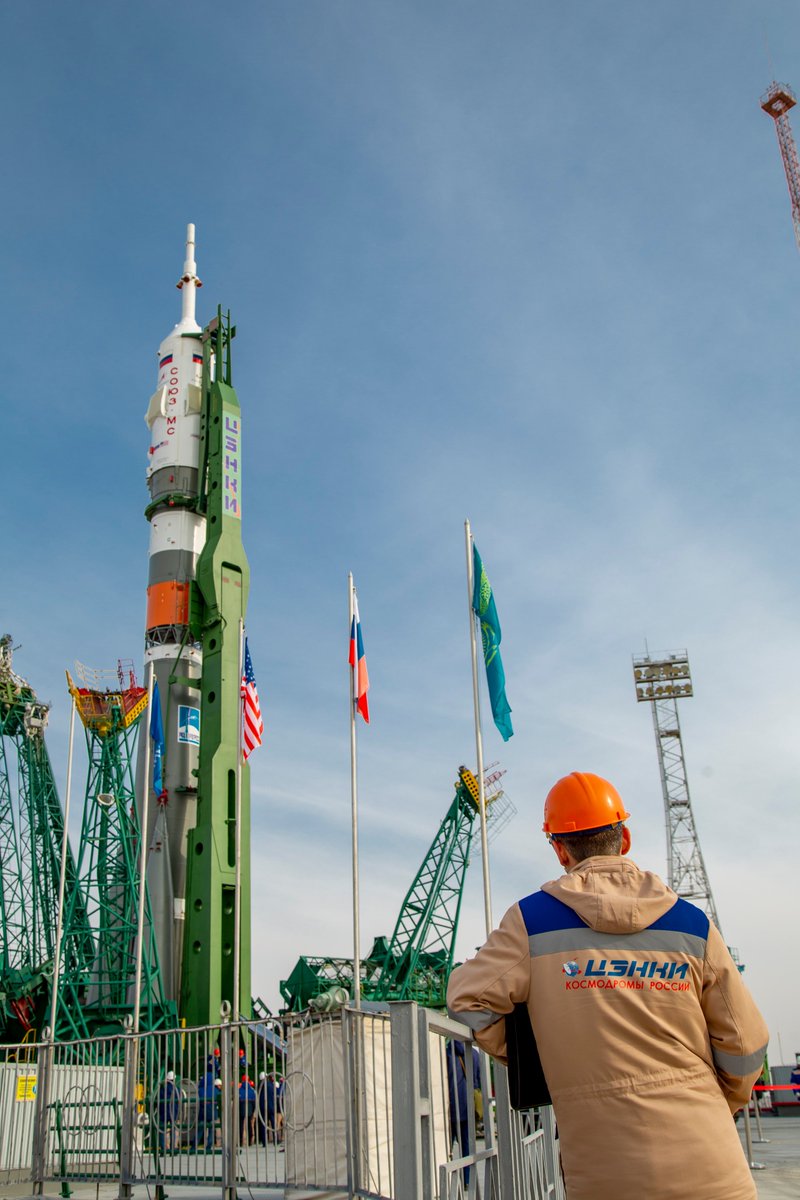
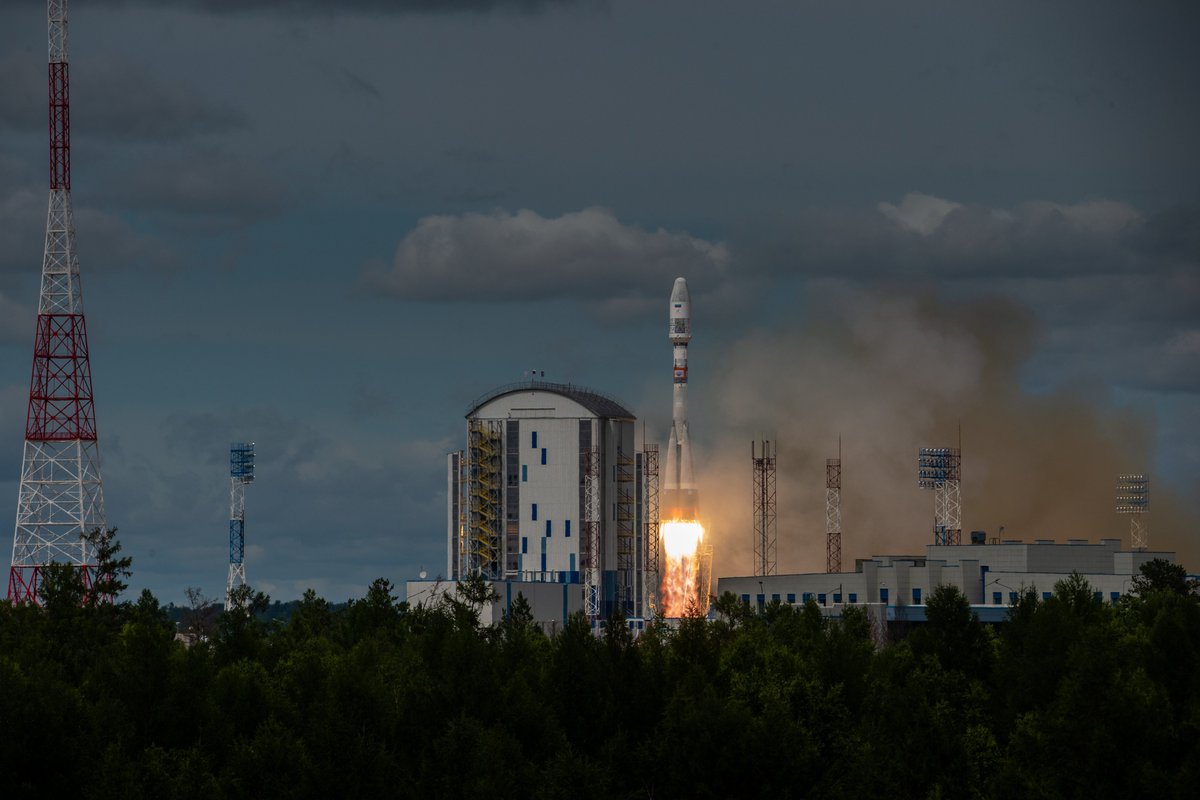
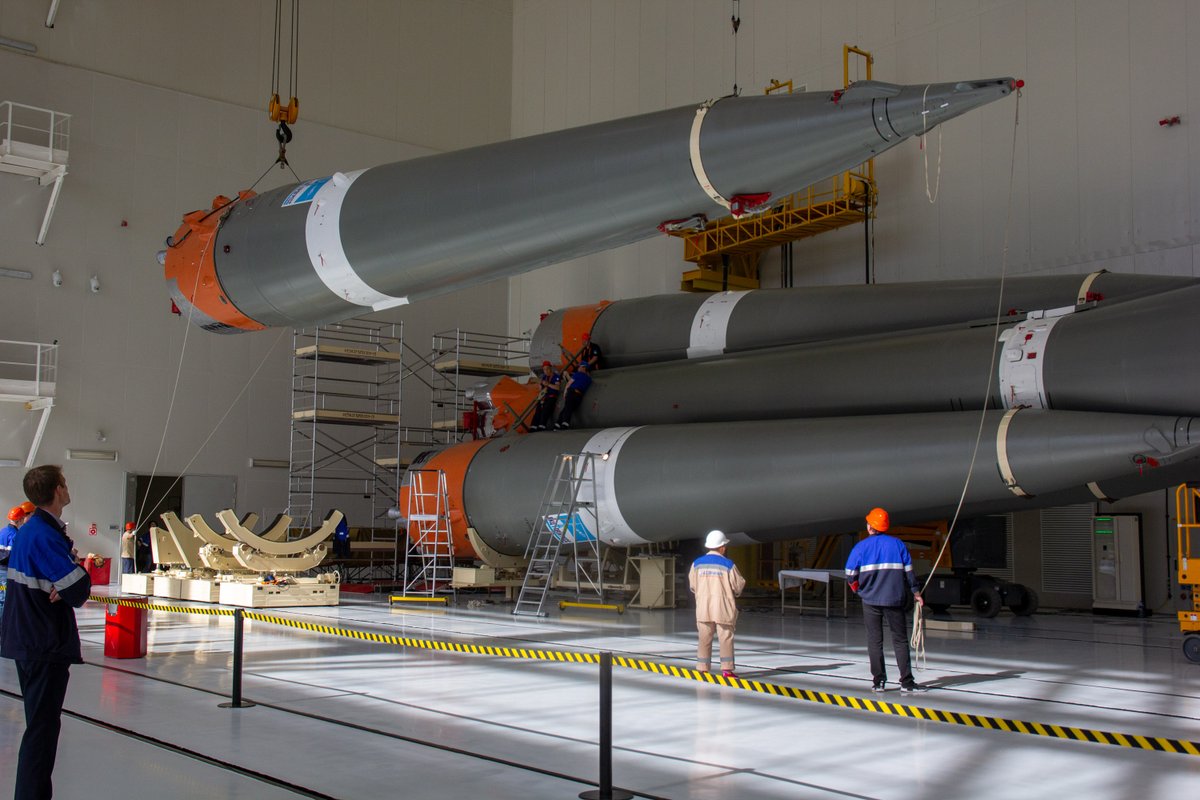
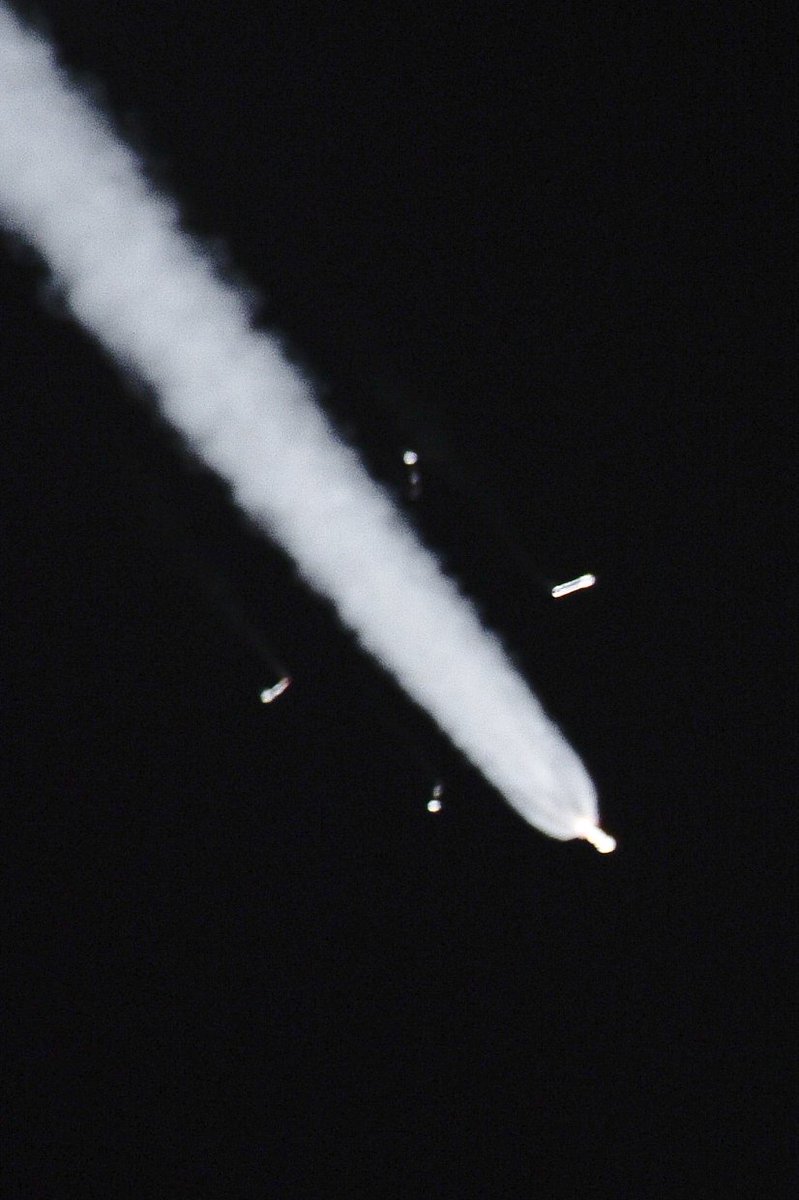 - CNES" title="The lower part is composed of 4 side blocks, propelled by an RD-107, and of a central block, with an RD-108. The separation of side blocks is always a delicate step in an orbital flight. However, as I said, Soyuz is a simple launcher. So how to simplify it?https://abs.twimg.com/emoji/v2/... draggable="false" alt="📸" title="Kamera mit Blitz" aria-label="Emoji: Kamera mit Blitz"> - CNES" class="img-responsive" style="max-width:100%;"/>
- CNES" title="The lower part is composed of 4 side blocks, propelled by an RD-107, and of a central block, with an RD-108. The separation of side blocks is always a delicate step in an orbital flight. However, as I said, Soyuz is a simple launcher. So how to simplify it?https://abs.twimg.com/emoji/v2/... draggable="false" alt="📸" title="Kamera mit Blitz" aria-label="Emoji: Kamera mit Blitz"> - CNES" class="img-responsive" style="max-width:100%;"/>
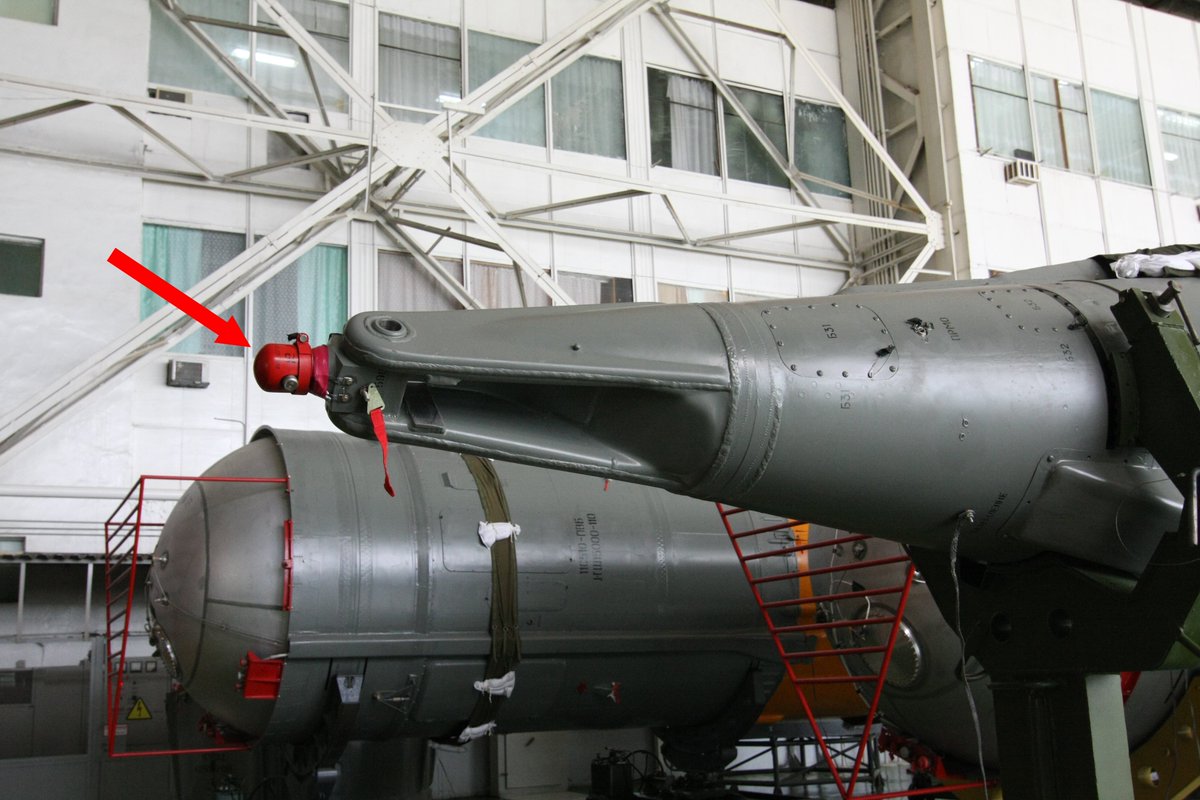
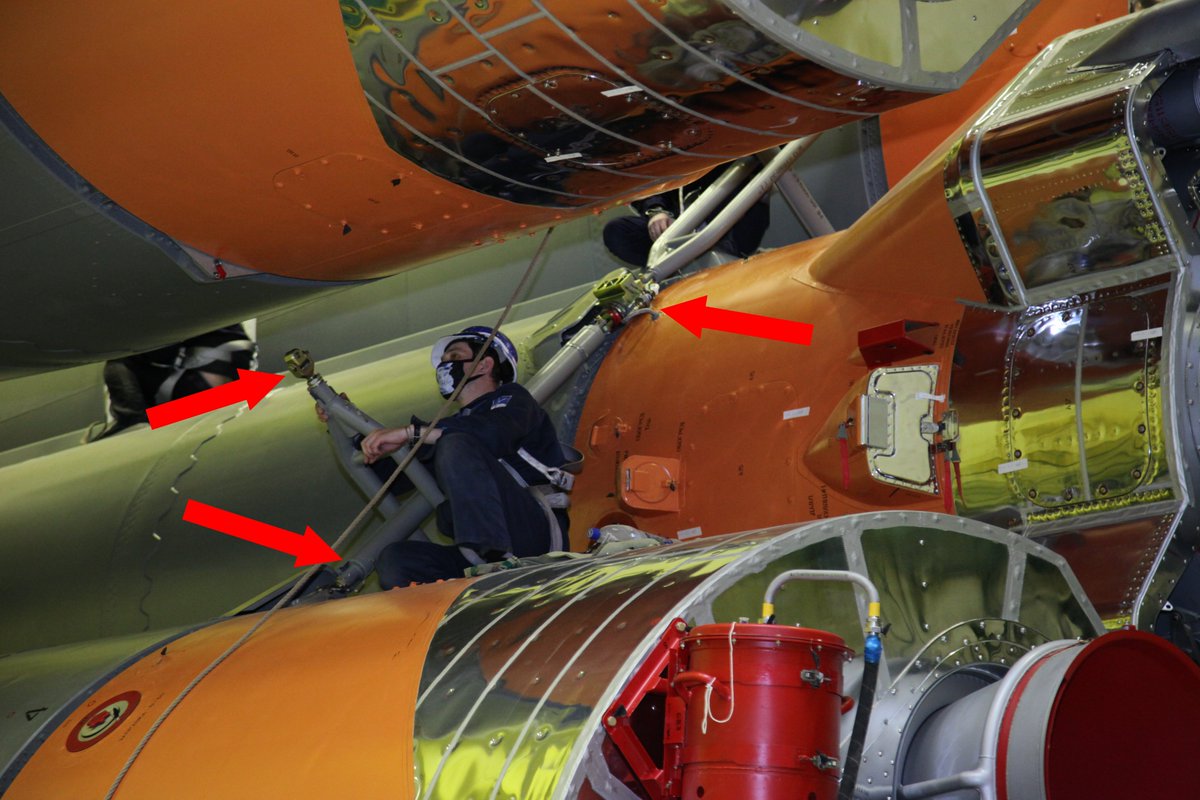
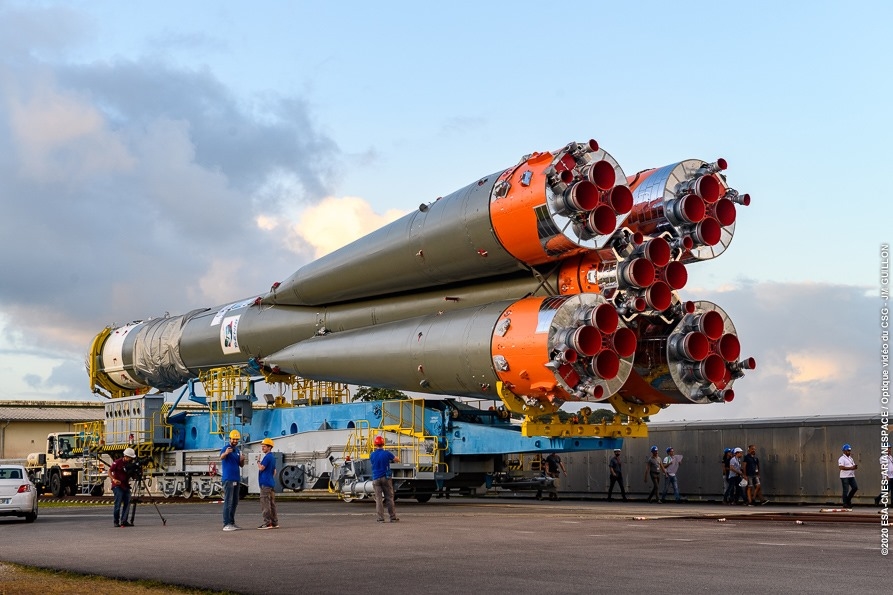 - ESA & CNES" title="It& #39;s also time to correct a mistake regularly made, especially on models.Soyuz isn& #39;t white, but almost fully gray. The white color that it has at liftoff is only frost which forms on the oxygen tank, not paint!Look at the difference during rollout and launch:https://abs.twimg.com/emoji/v2/... draggable="false" alt="📸" title="Kamera mit Blitz" aria-label="Emoji: Kamera mit Blitz"> - ESA & CNES">
- ESA & CNES" title="It& #39;s also time to correct a mistake regularly made, especially on models.Soyuz isn& #39;t white, but almost fully gray. The white color that it has at liftoff is only frost which forms on the oxygen tank, not paint!Look at the difference during rollout and launch:https://abs.twimg.com/emoji/v2/... draggable="false" alt="📸" title="Kamera mit Blitz" aria-label="Emoji: Kamera mit Blitz"> - ESA & CNES">
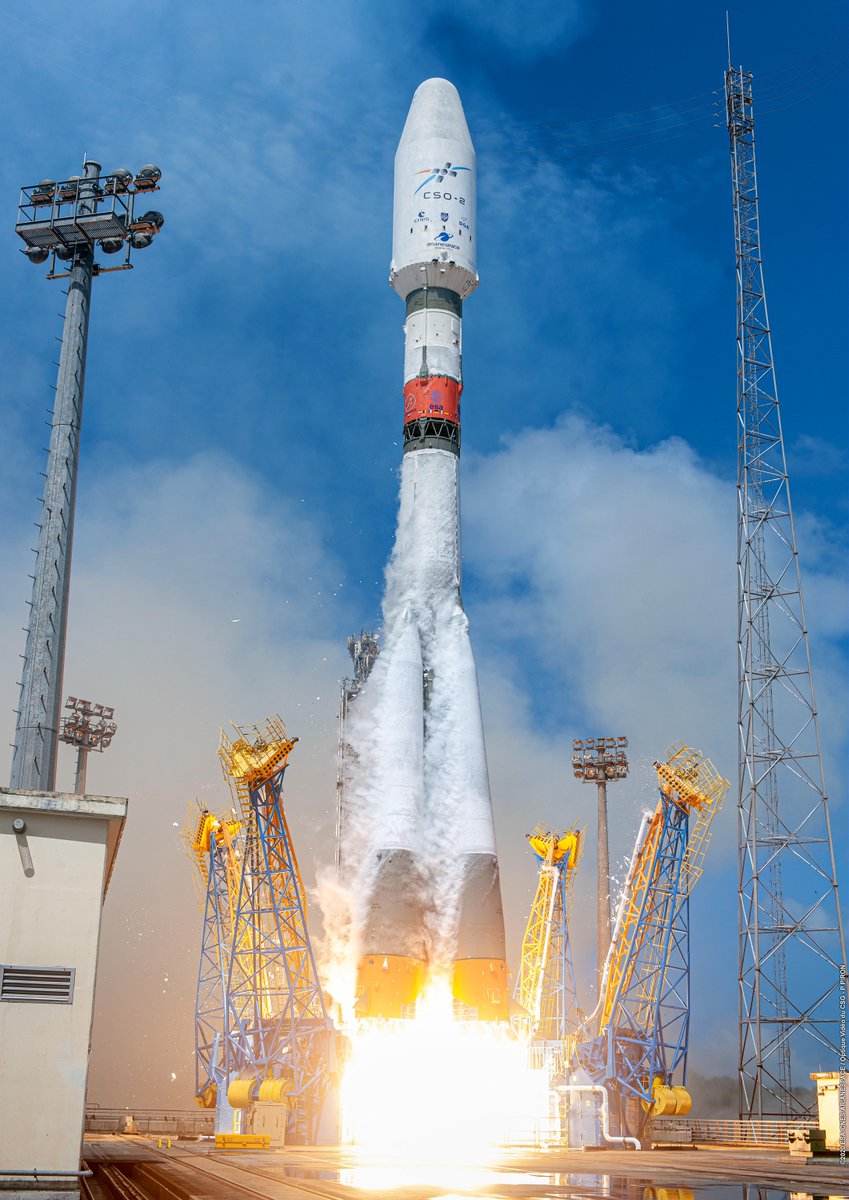 - ESA & CNES" title="It& #39;s also time to correct a mistake regularly made, especially on models.Soyuz isn& #39;t white, but almost fully gray. The white color that it has at liftoff is only frost which forms on the oxygen tank, not paint!Look at the difference during rollout and launch:https://abs.twimg.com/emoji/v2/... draggable="false" alt="📸" title="Kamera mit Blitz" aria-label="Emoji: Kamera mit Blitz"> - ESA & CNES">
- ESA & CNES" title="It& #39;s also time to correct a mistake regularly made, especially on models.Soyuz isn& #39;t white, but almost fully gray. The white color that it has at liftoff is only frost which forms on the oxygen tank, not paint!Look at the difference during rollout and launch:https://abs.twimg.com/emoji/v2/... draggable="false" alt="📸" title="Kamera mit Blitz" aria-label="Emoji: Kamera mit Blitz"> - ESA & CNES">
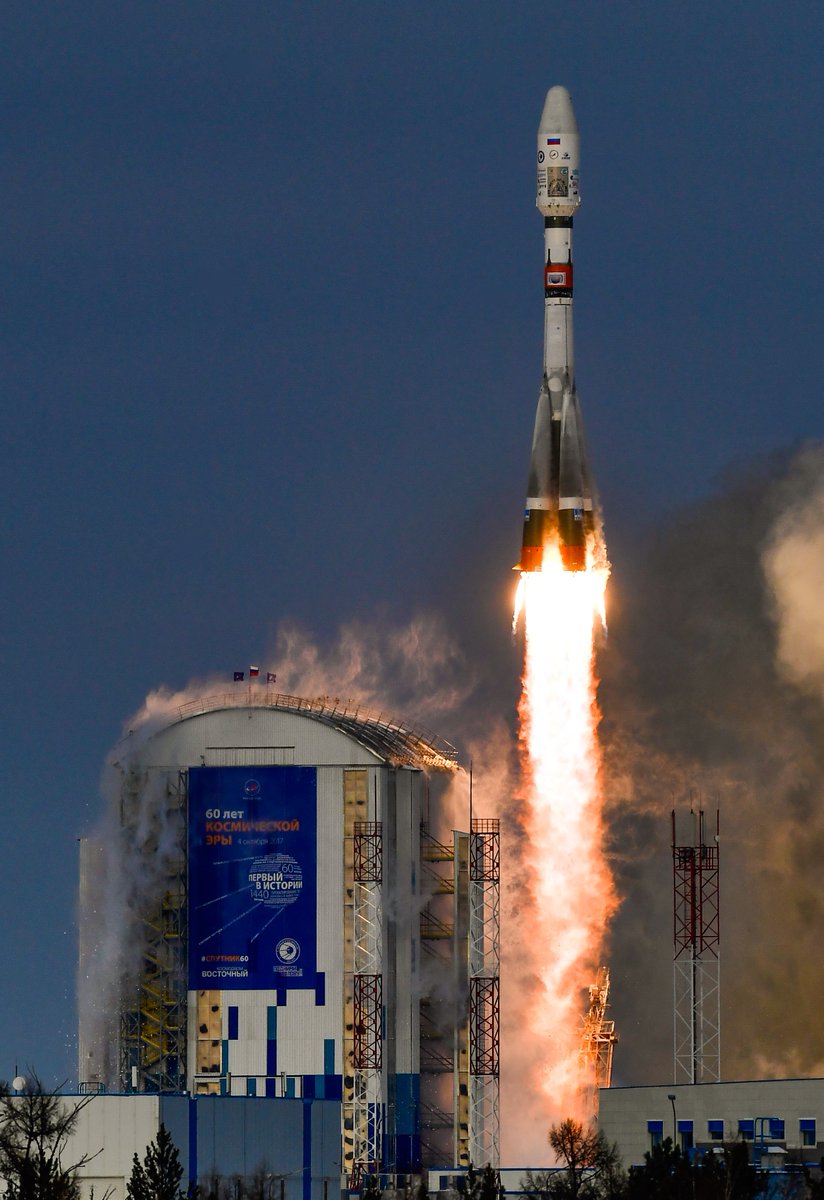
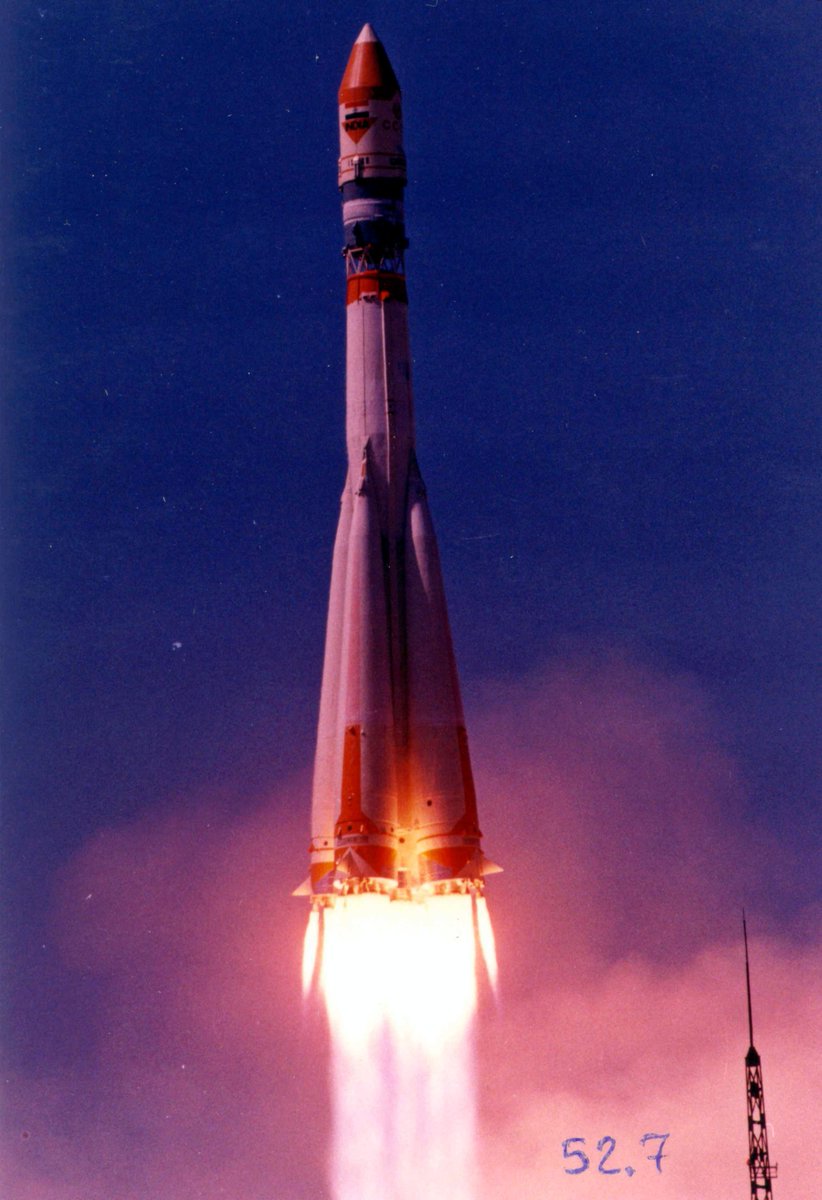 " title="And if you& #39;re wondering, yes, the gray and orange paint, and the few thin white stripes is just decoration. It& #39;s possible to paint it in other colours. "Pimp my Soyuz" https://abs.twimg.com/emoji/v2/... draggable="false" alt="😎" title="Lächelndes Gesicht mit Sonnenbrille" aria-label="Emoji: Lächelndes Gesicht mit Sonnenbrille">">
" title="And if you& #39;re wondering, yes, the gray and orange paint, and the few thin white stripes is just decoration. It& #39;s possible to paint it in other colours. "Pimp my Soyuz" https://abs.twimg.com/emoji/v2/... draggable="false" alt="😎" title="Lächelndes Gesicht mit Sonnenbrille" aria-label="Emoji: Lächelndes Gesicht mit Sonnenbrille">">
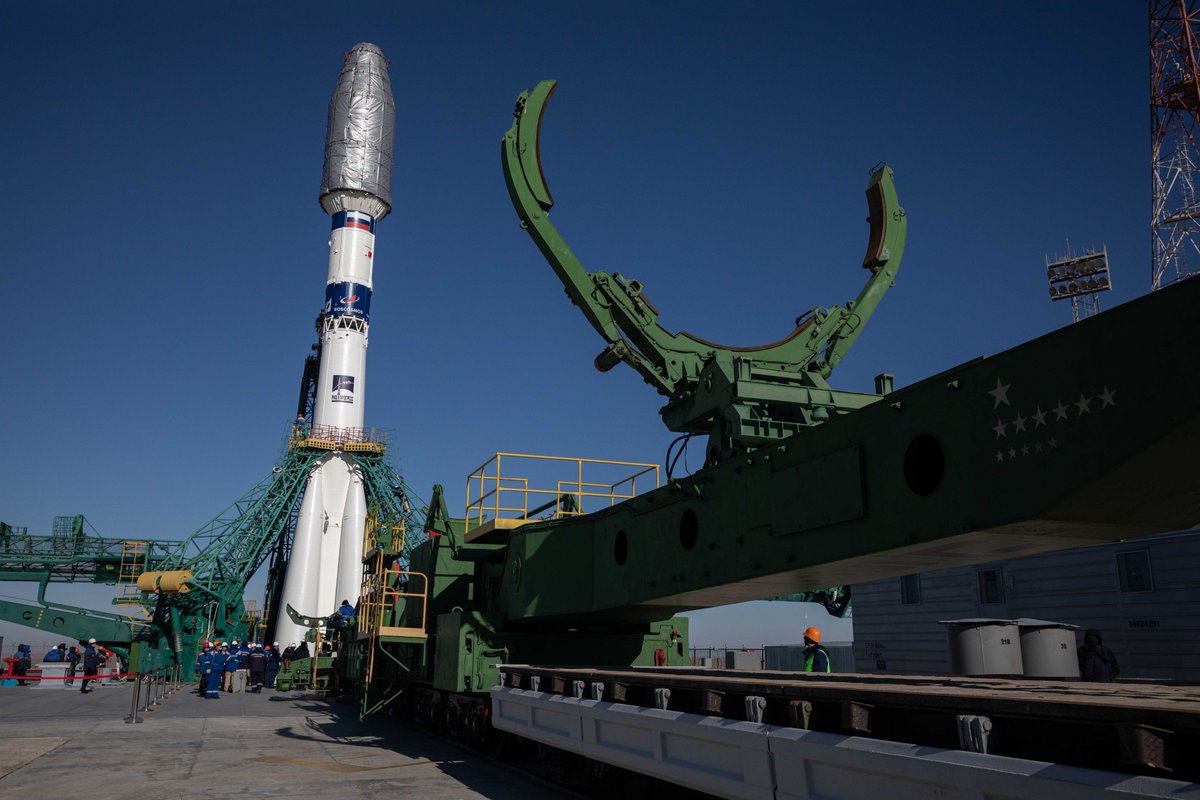 " title="And if you& #39;re wondering, yes, the gray and orange paint, and the few thin white stripes is just decoration. It& #39;s possible to paint it in other colours. "Pimp my Soyuz" https://abs.twimg.com/emoji/v2/... draggable="false" alt="😎" title="Lächelndes Gesicht mit Sonnenbrille" aria-label="Emoji: Lächelndes Gesicht mit Sonnenbrille">">
" title="And if you& #39;re wondering, yes, the gray and orange paint, and the few thin white stripes is just decoration. It& #39;s possible to paint it in other colours. "Pimp my Soyuz" https://abs.twimg.com/emoji/v2/... draggable="false" alt="😎" title="Lächelndes Gesicht mit Sonnenbrille" aria-label="Emoji: Lächelndes Gesicht mit Sonnenbrille">">
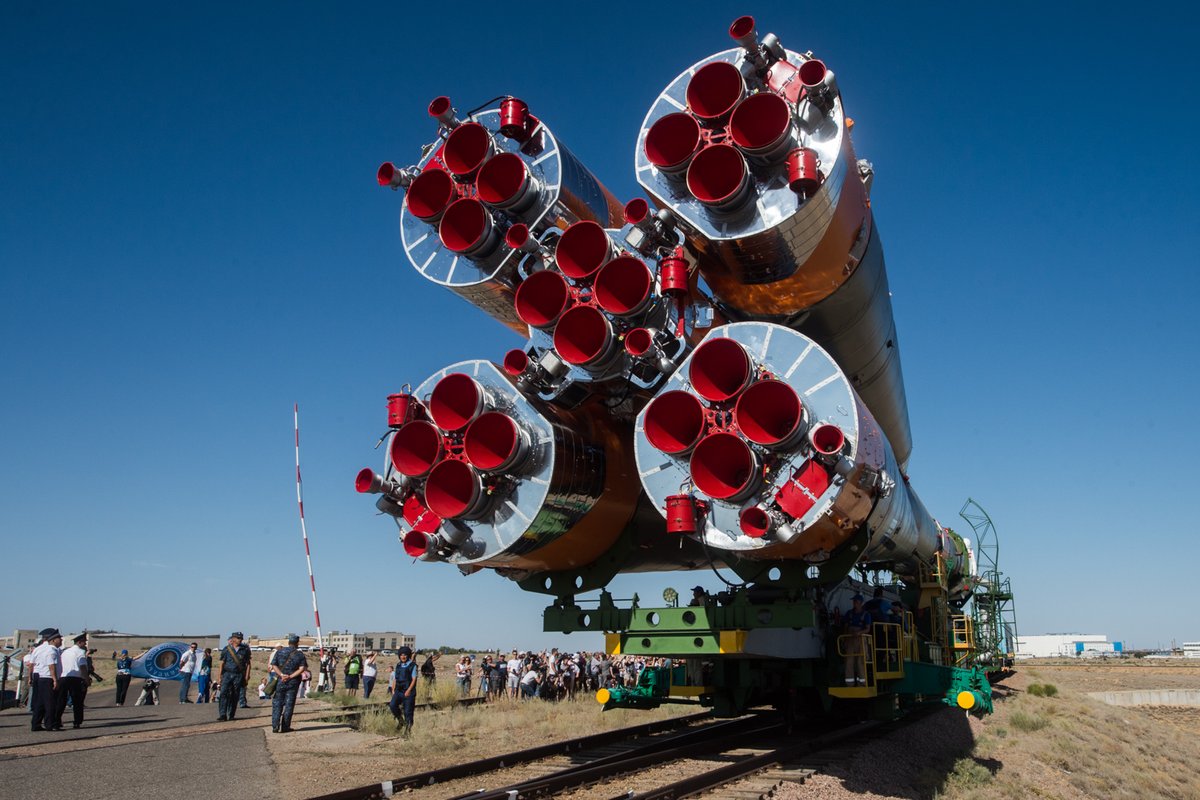
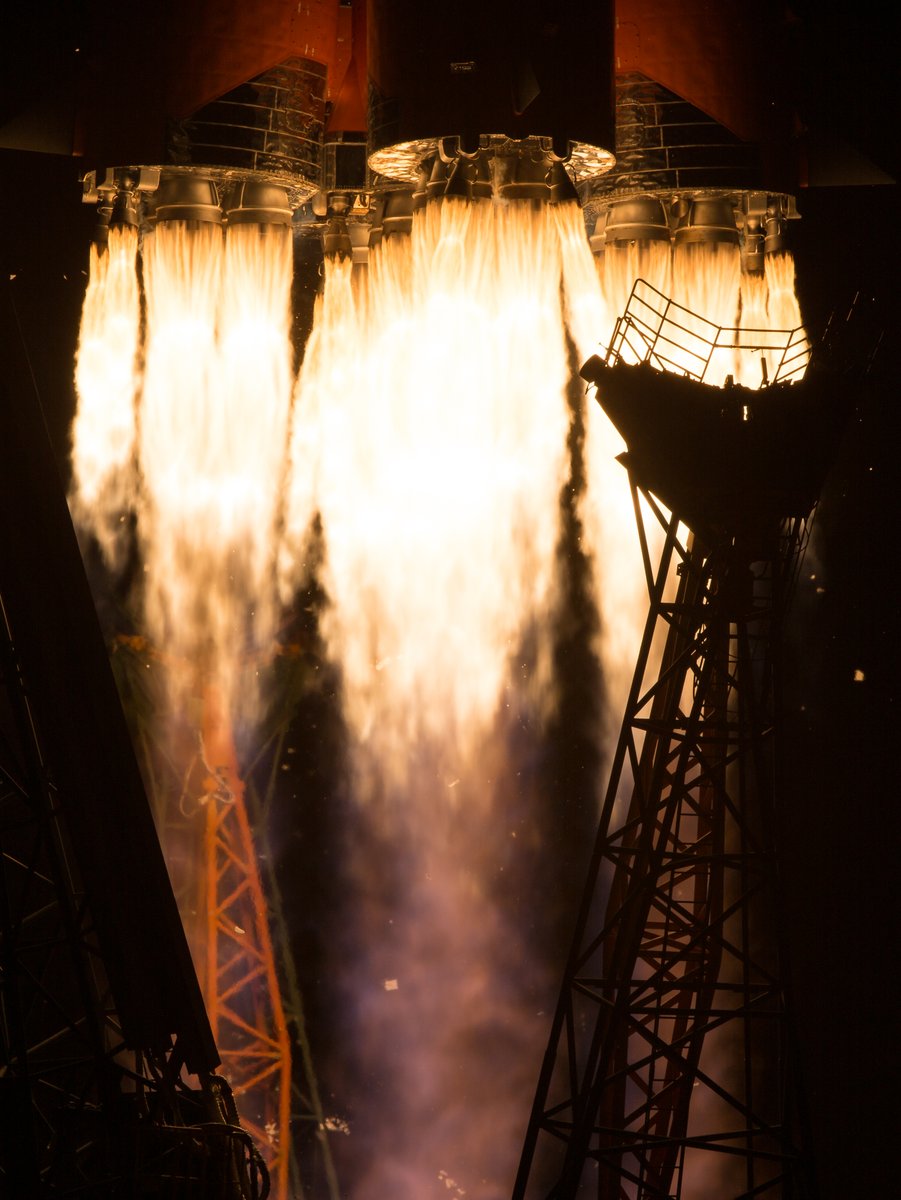
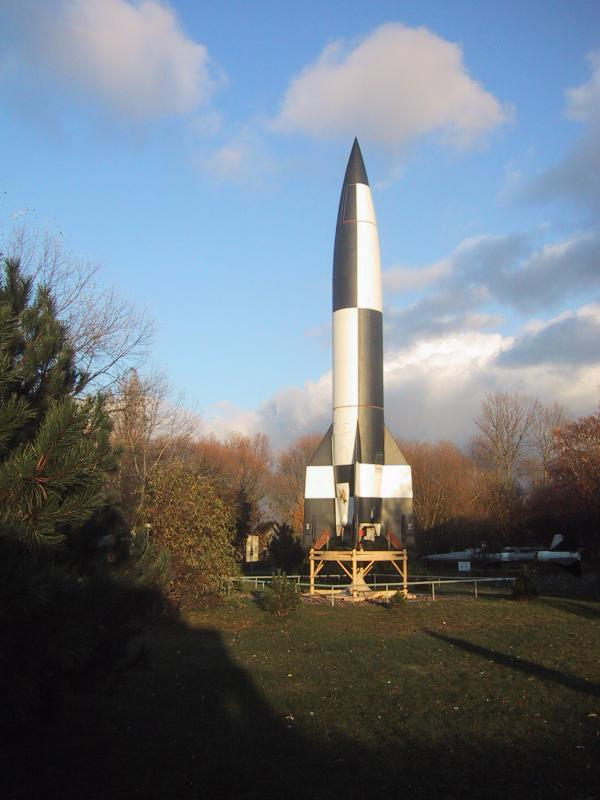
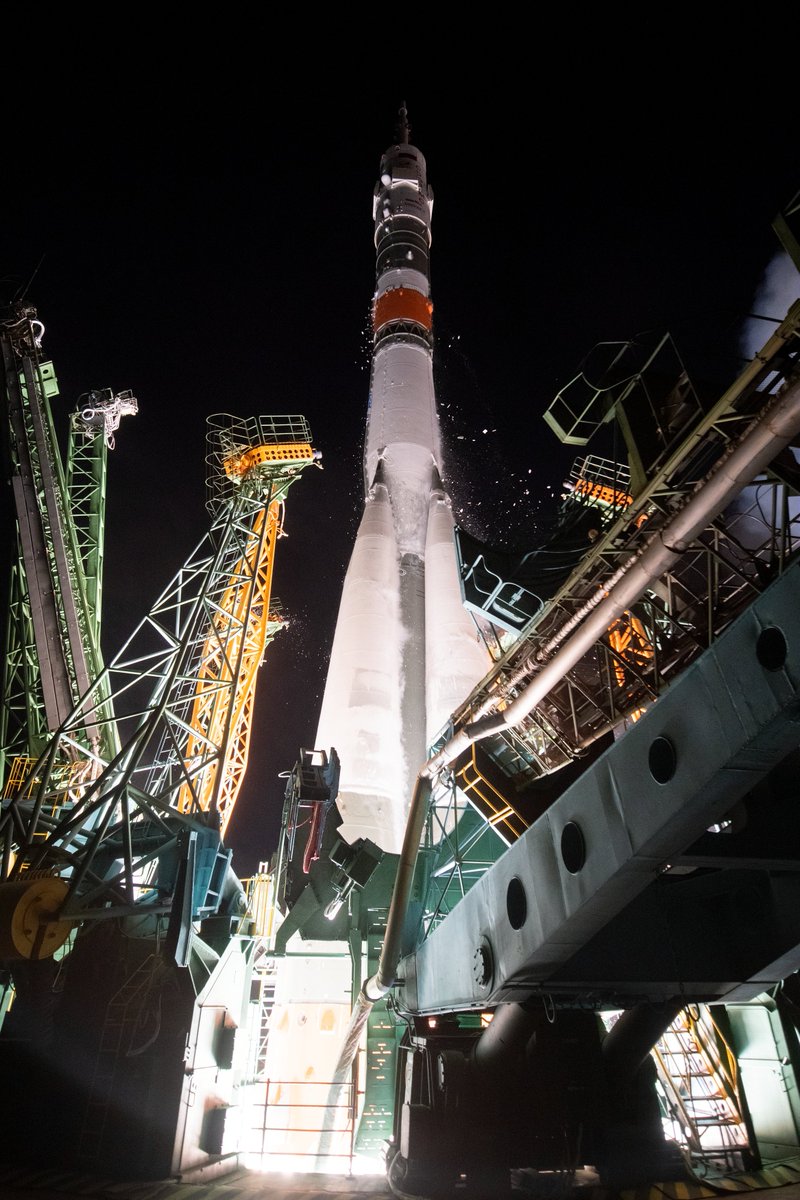
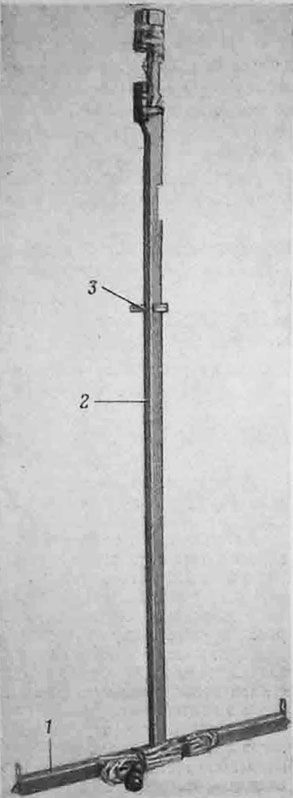
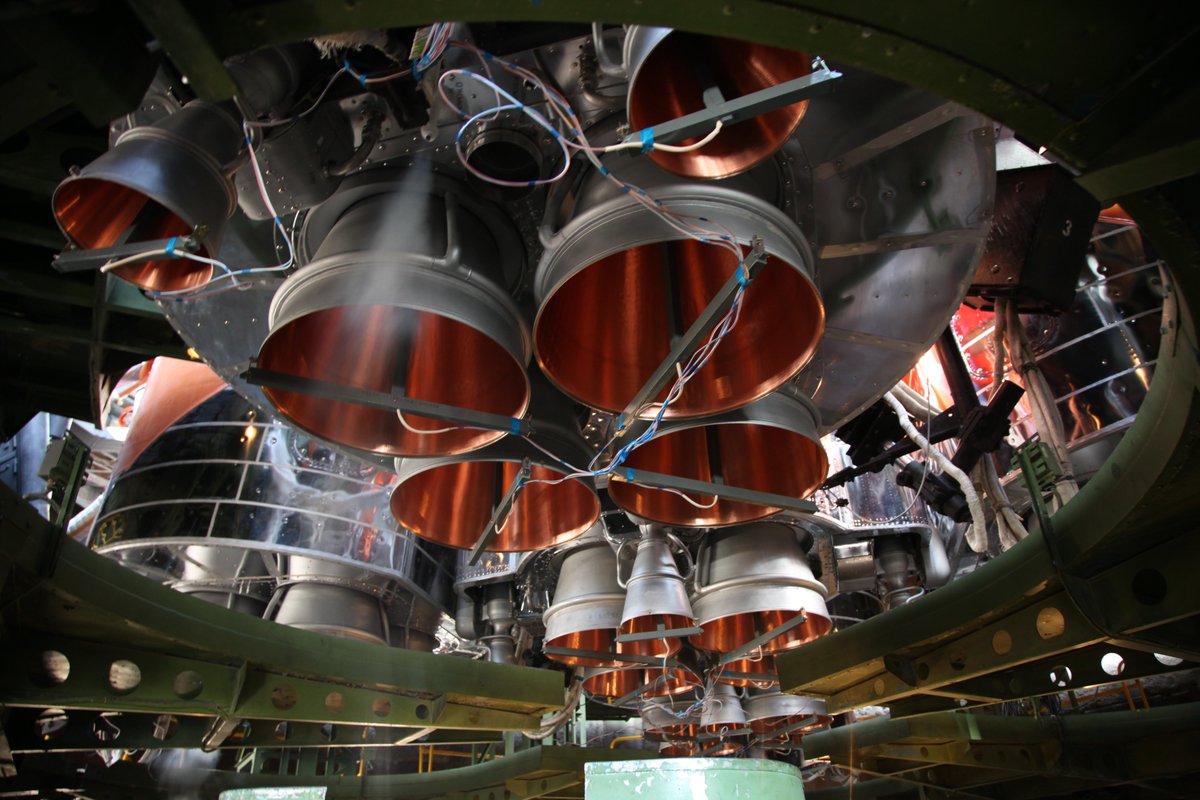
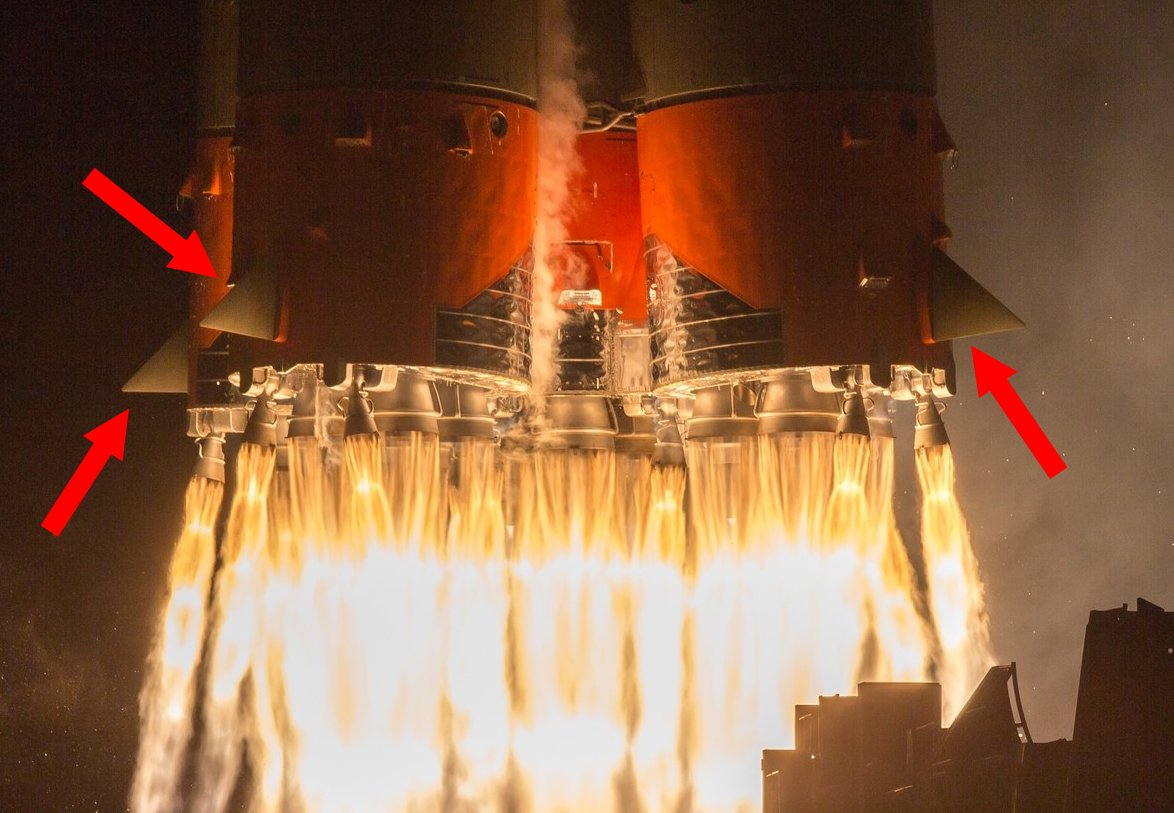
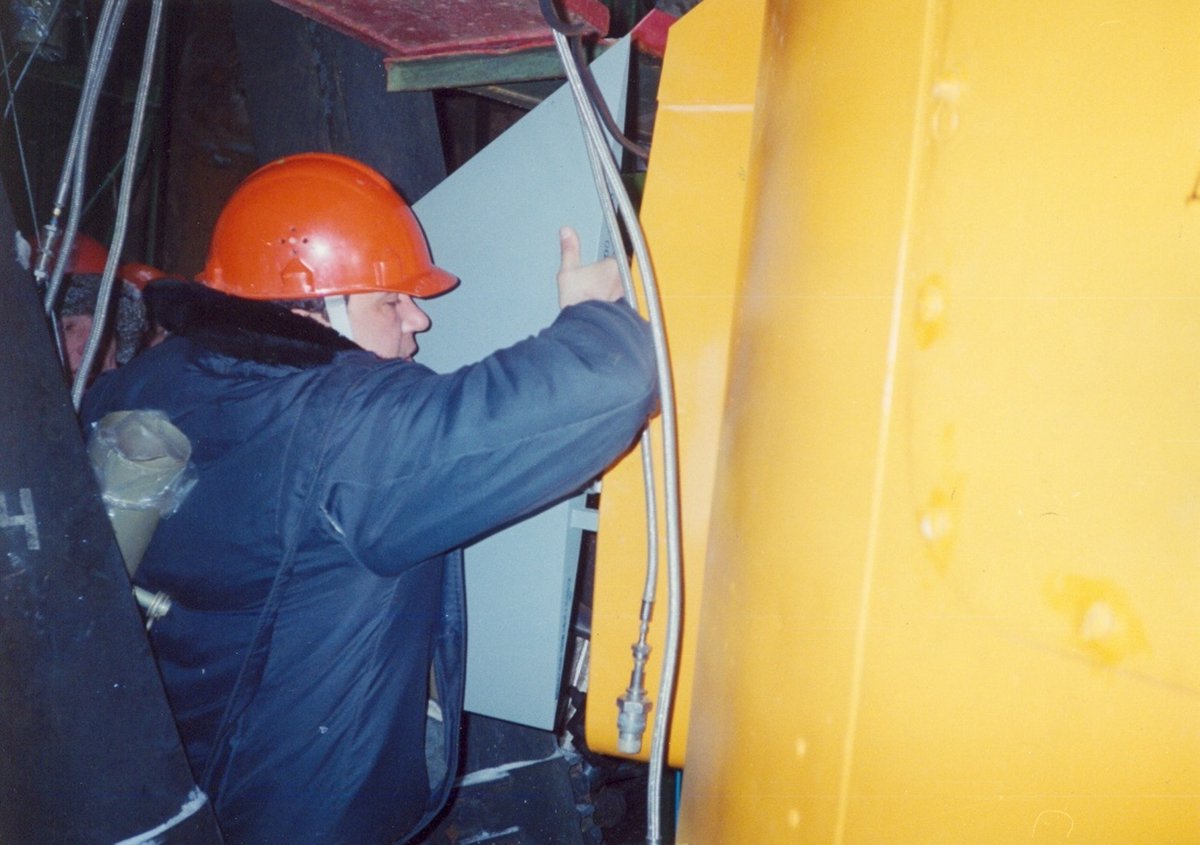
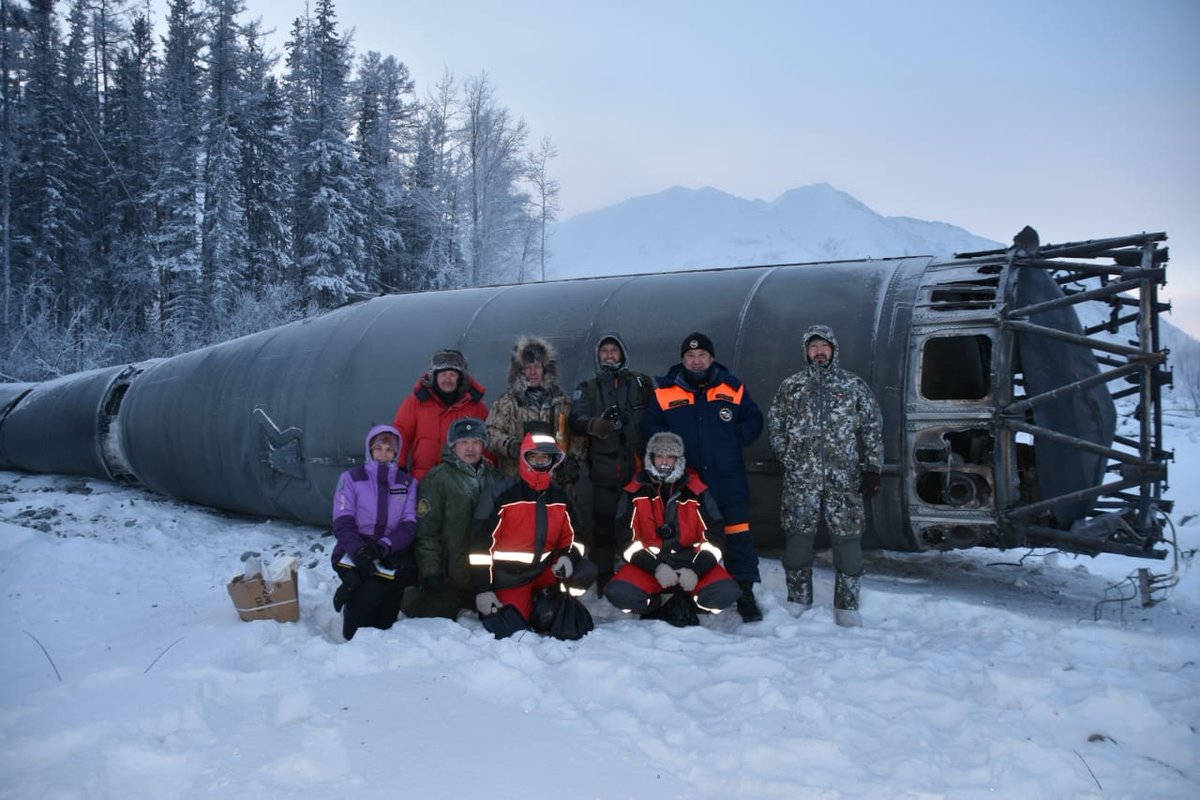
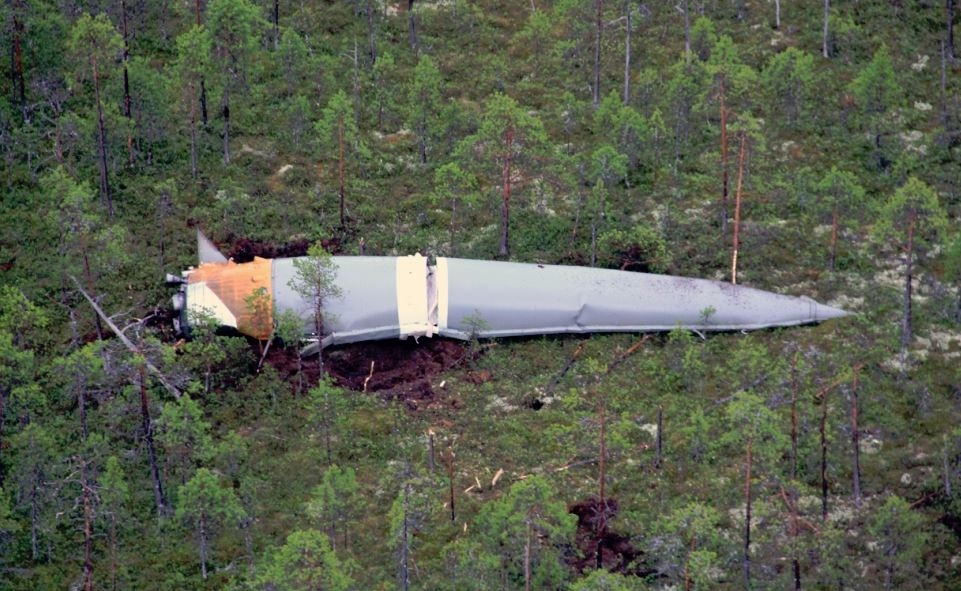
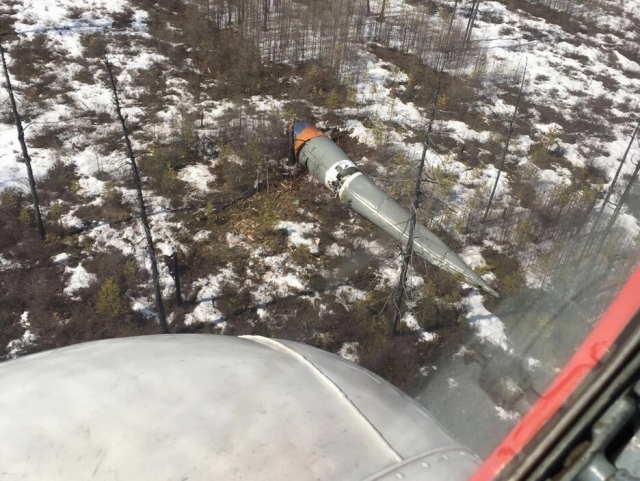
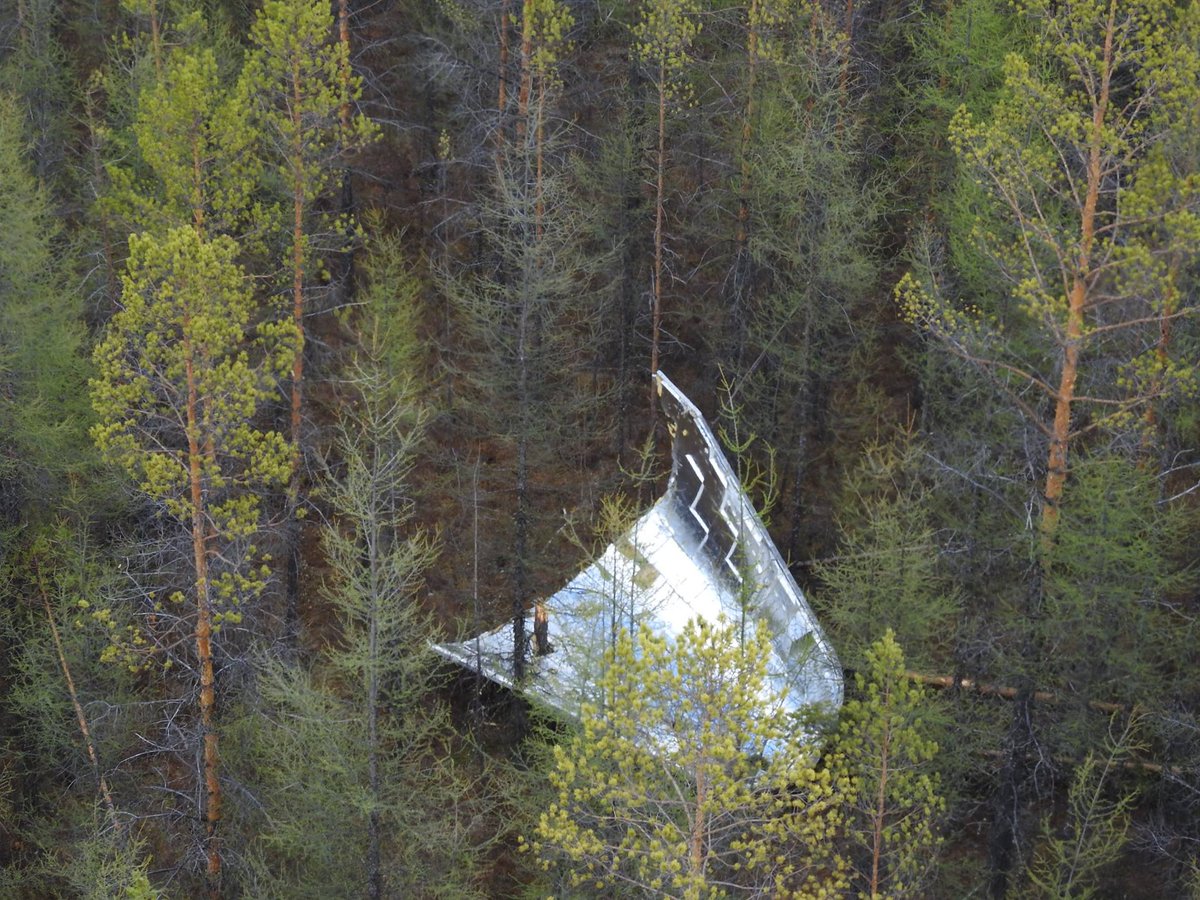
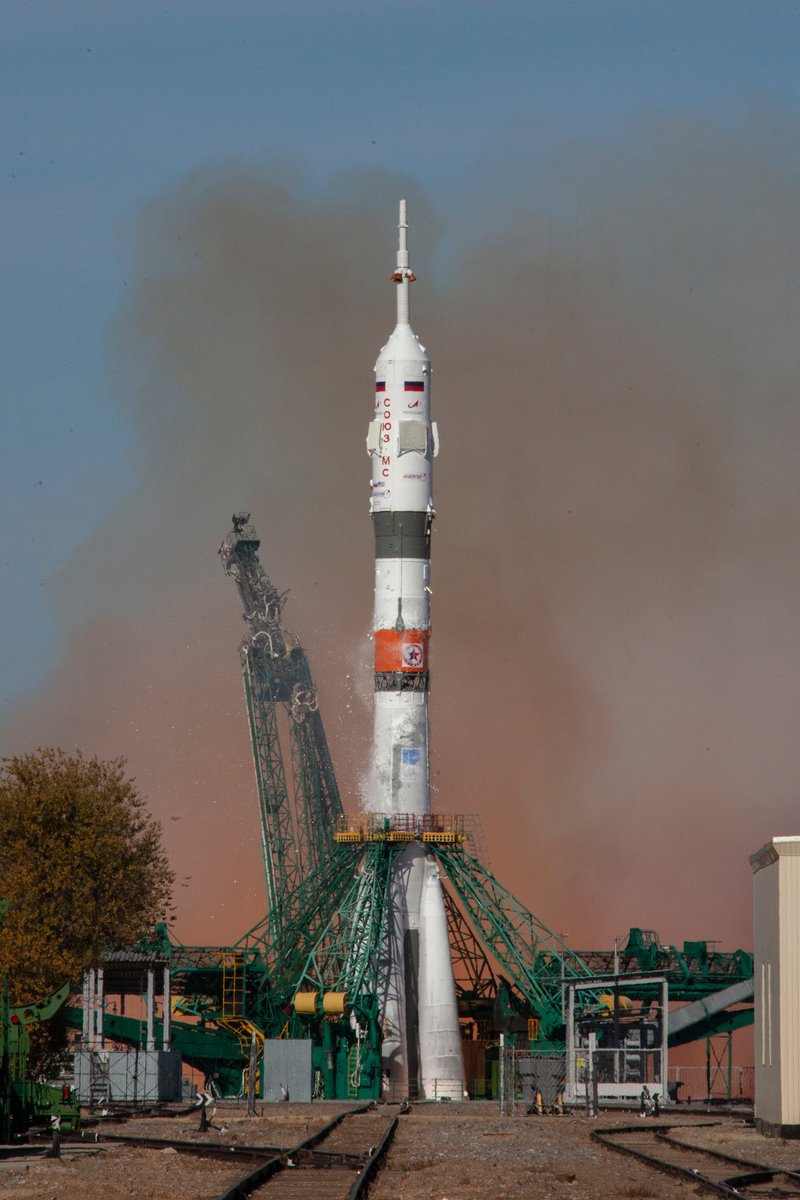
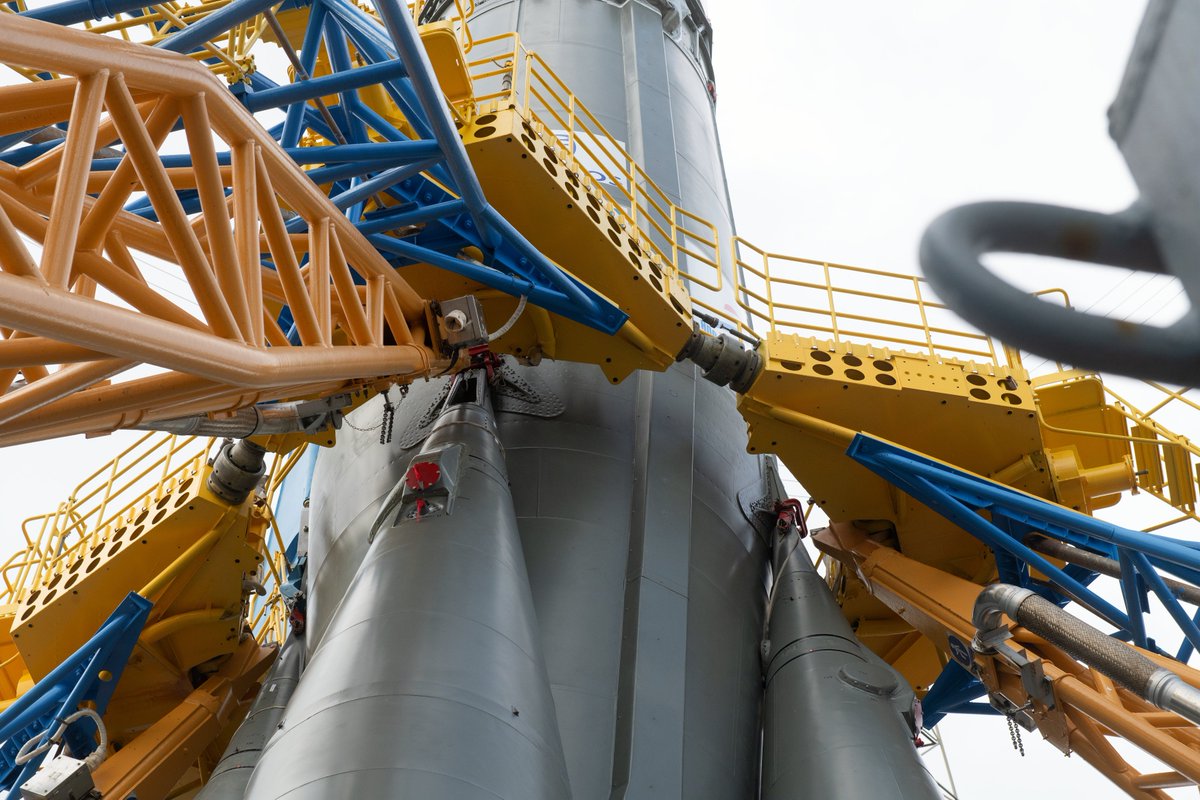 - ESA" title="Also, the way the launcher is held on the launch pad is quite surprising. In contrast to almost all the launch pads in the world, the launcher is not held from below, but from the middle. More precisely, from the top of the side blocks.https://abs.twimg.com/emoji/v2/... draggable="false" alt="📸" title="Kamera mit Blitz" aria-label="Emoji: Kamera mit Blitz"> - ESA" class="img-responsive" style="max-width:100%;"/>
- ESA" title="Also, the way the launcher is held on the launch pad is quite surprising. In contrast to almost all the launch pads in the world, the launcher is not held from below, but from the middle. More precisely, from the top of the side blocks.https://abs.twimg.com/emoji/v2/... draggable="false" alt="📸" title="Kamera mit Blitz" aria-label="Emoji: Kamera mit Blitz"> - ESA" class="img-responsive" style="max-width:100%;"/>
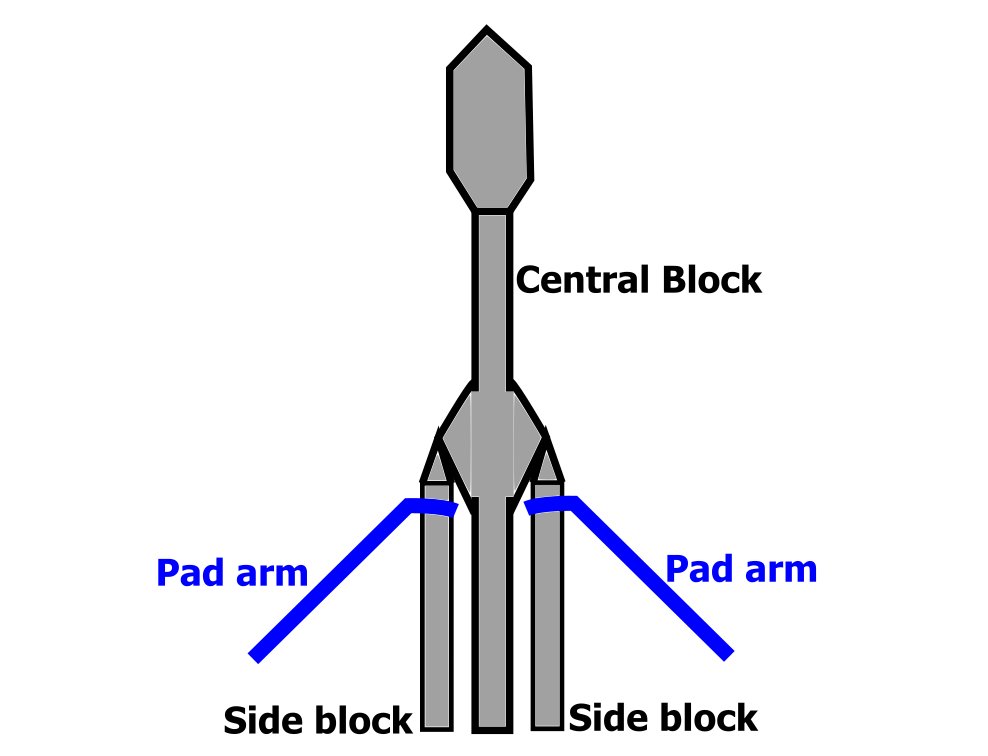
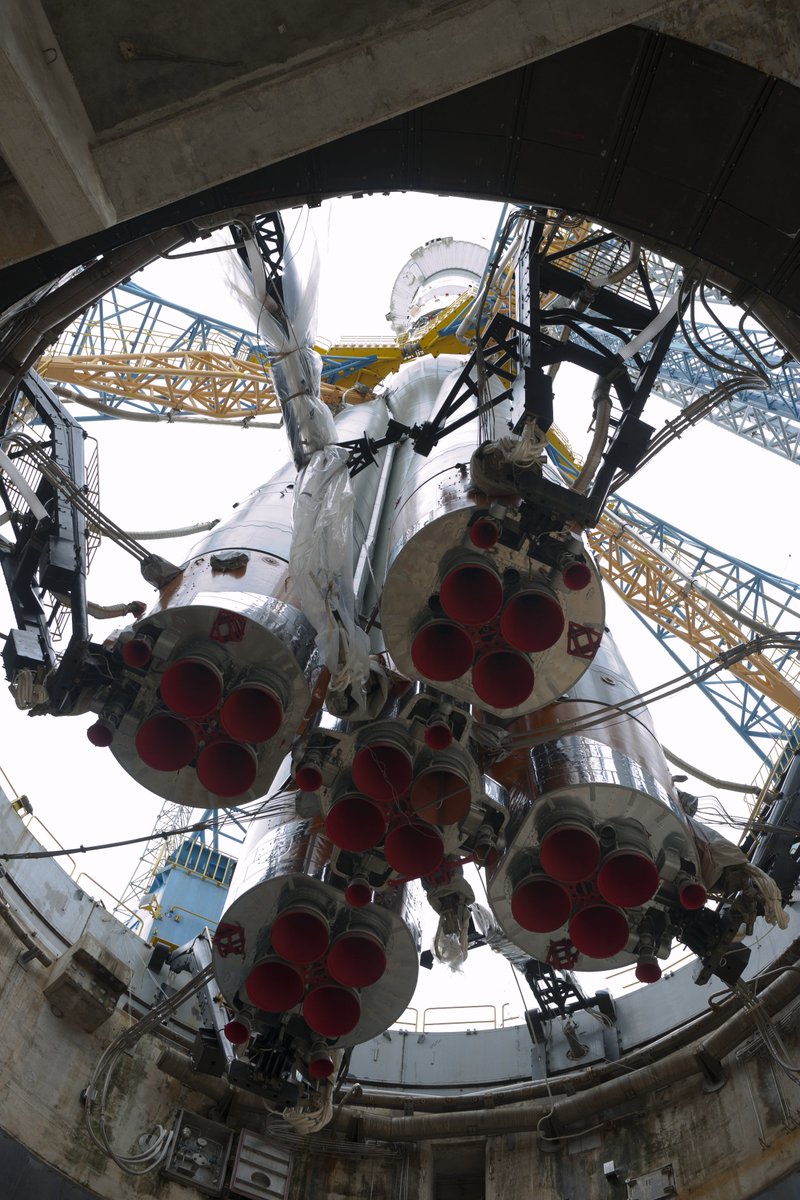 - ESA/Stéphane Corvaja" title="It& #39;s besides rather strange to see Soyuz seen from underneath... We have the impression that it floats in the air.https://abs.twimg.com/emoji/v2/... draggable="false" alt="📸" title="Kamera mit Blitz" aria-label="Emoji: Kamera mit Blitz"> - ESA/Stéphane Corvaja">
- ESA/Stéphane Corvaja" title="It& #39;s besides rather strange to see Soyuz seen from underneath... We have the impression that it floats in the air.https://abs.twimg.com/emoji/v2/... draggable="false" alt="📸" title="Kamera mit Blitz" aria-label="Emoji: Kamera mit Blitz"> - ESA/Stéphane Corvaja">
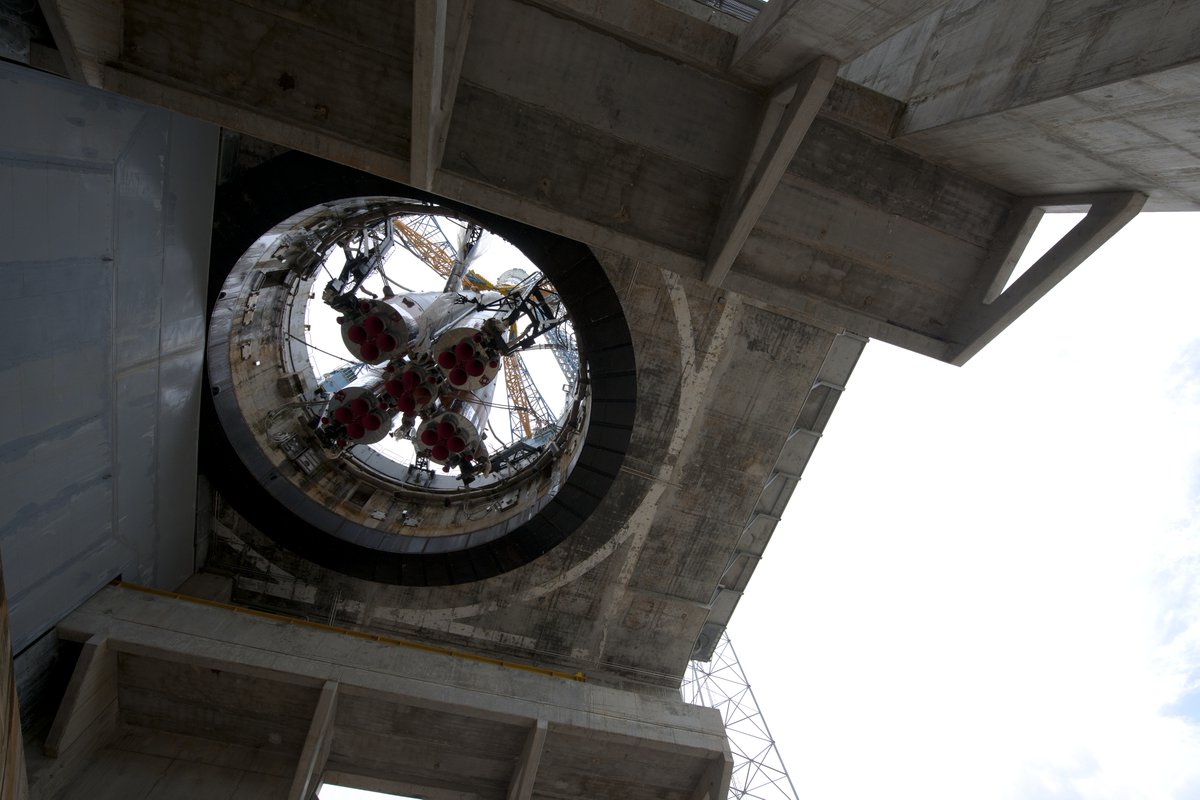 - ESA/Stéphane Corvaja" title="It& #39;s besides rather strange to see Soyuz seen from underneath... We have the impression that it floats in the air.https://abs.twimg.com/emoji/v2/... draggable="false" alt="📸" title="Kamera mit Blitz" aria-label="Emoji: Kamera mit Blitz"> - ESA/Stéphane Corvaja">
- ESA/Stéphane Corvaja" title="It& #39;s besides rather strange to see Soyuz seen from underneath... We have the impression that it floats in the air.https://abs.twimg.com/emoji/v2/... draggable="false" alt="📸" title="Kamera mit Blitz" aria-label="Emoji: Kamera mit Blitz"> - ESA/Stéphane Corvaja">
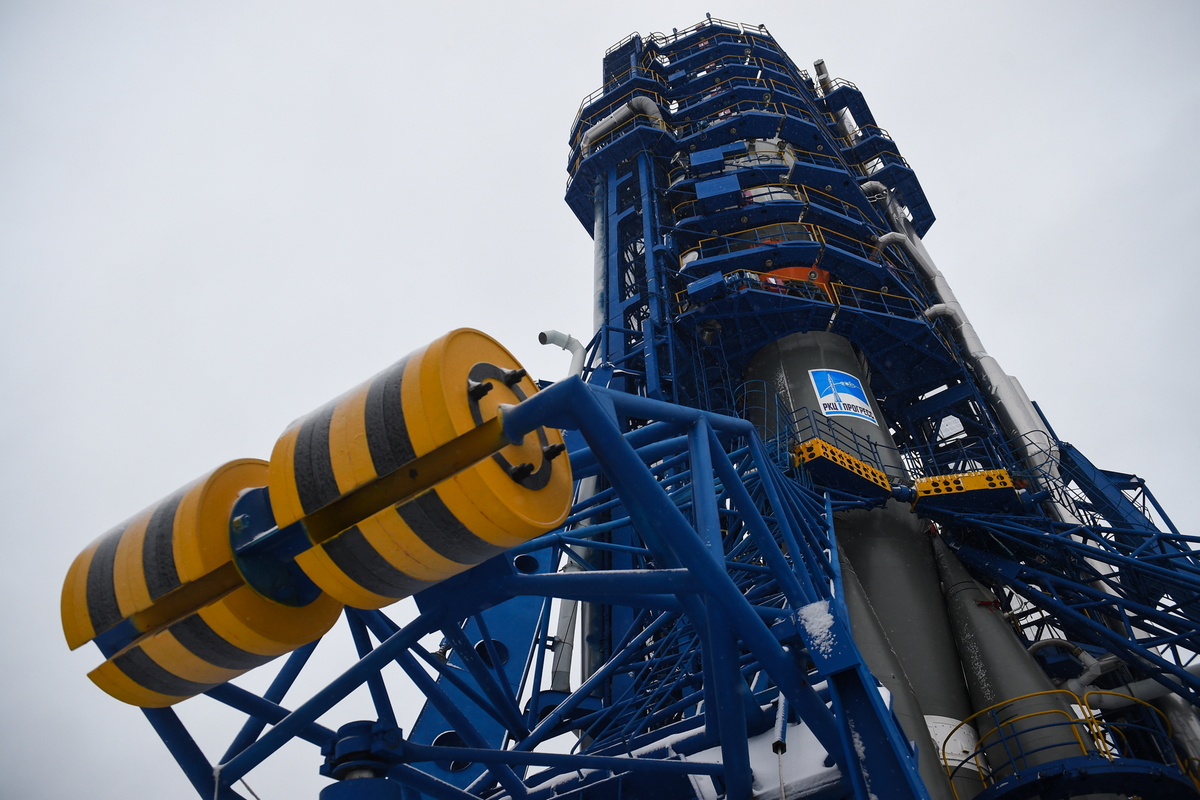
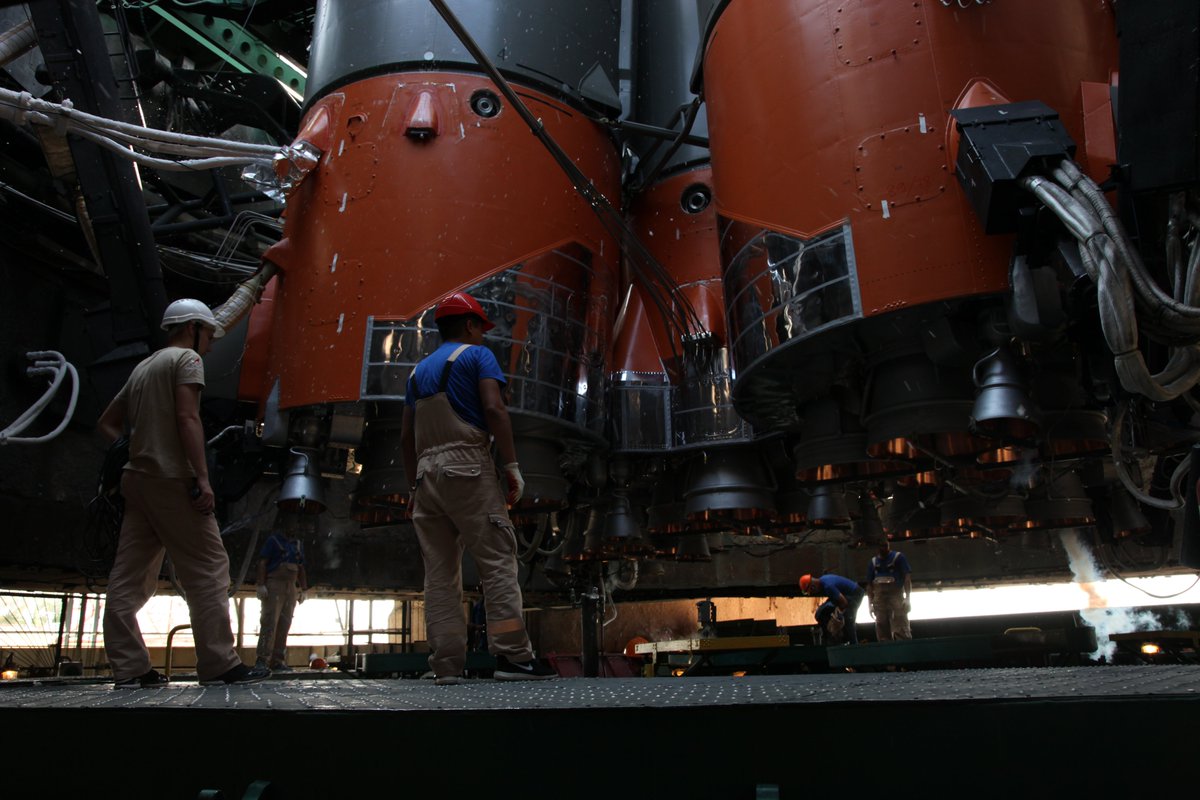
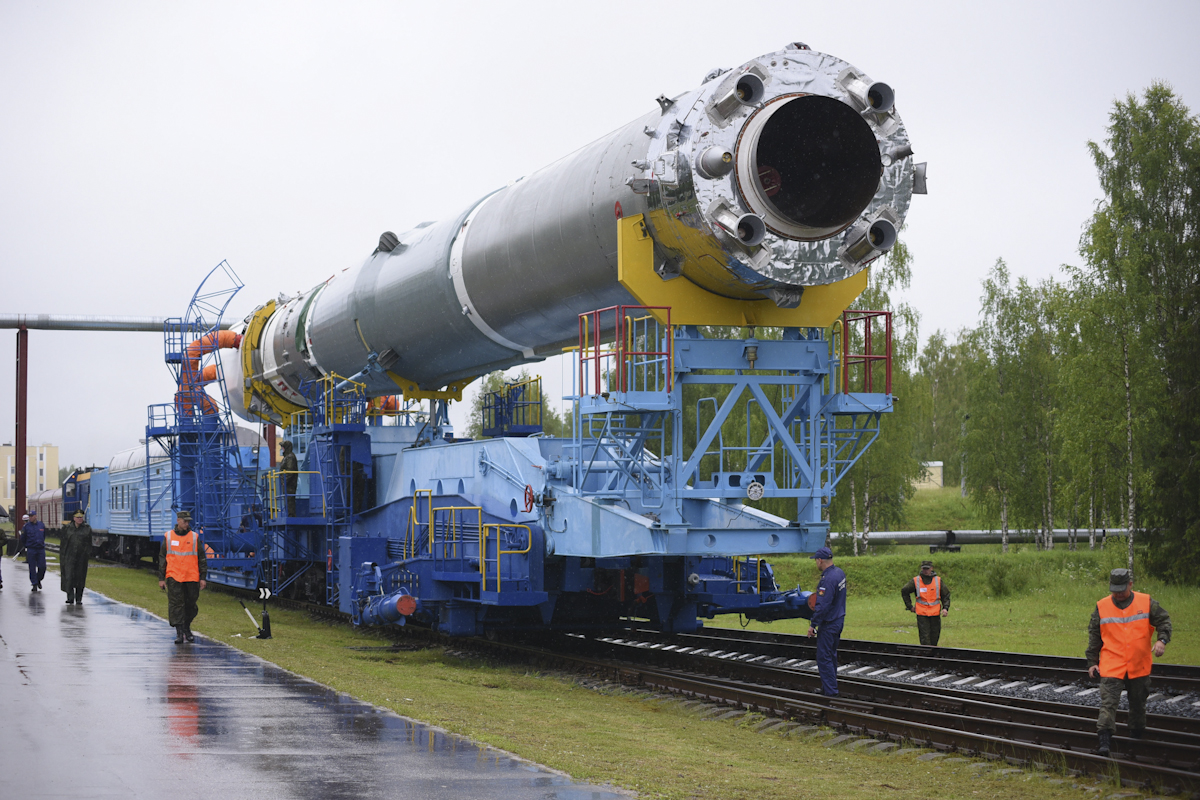
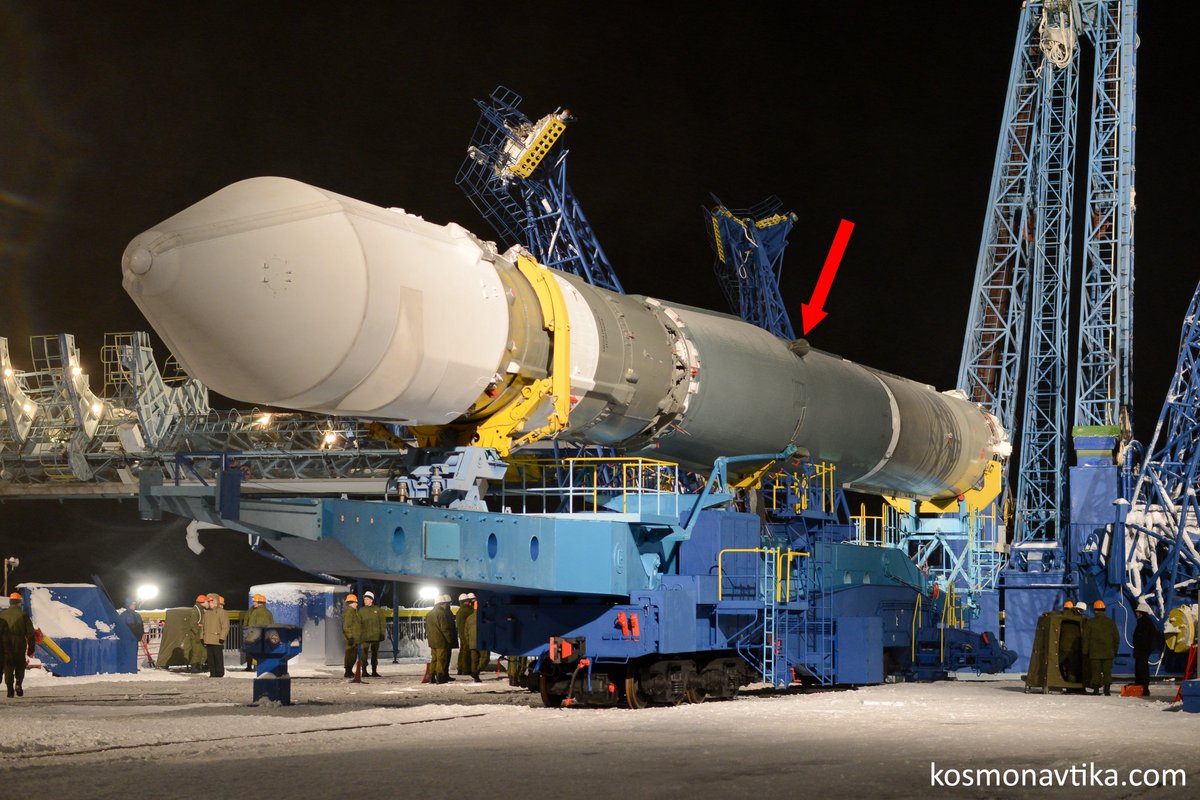
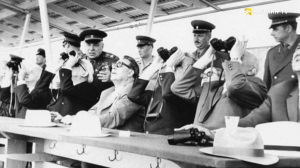
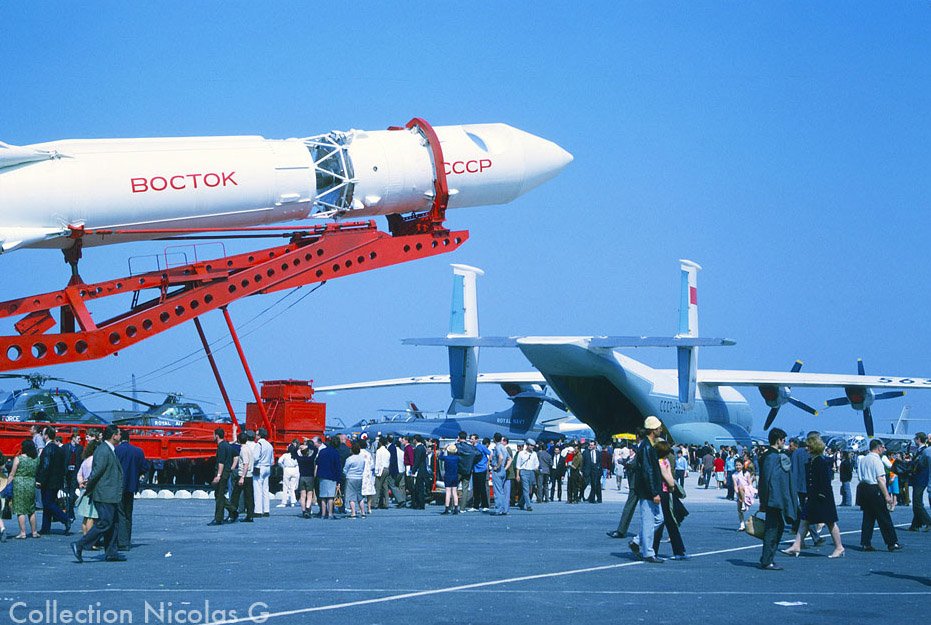
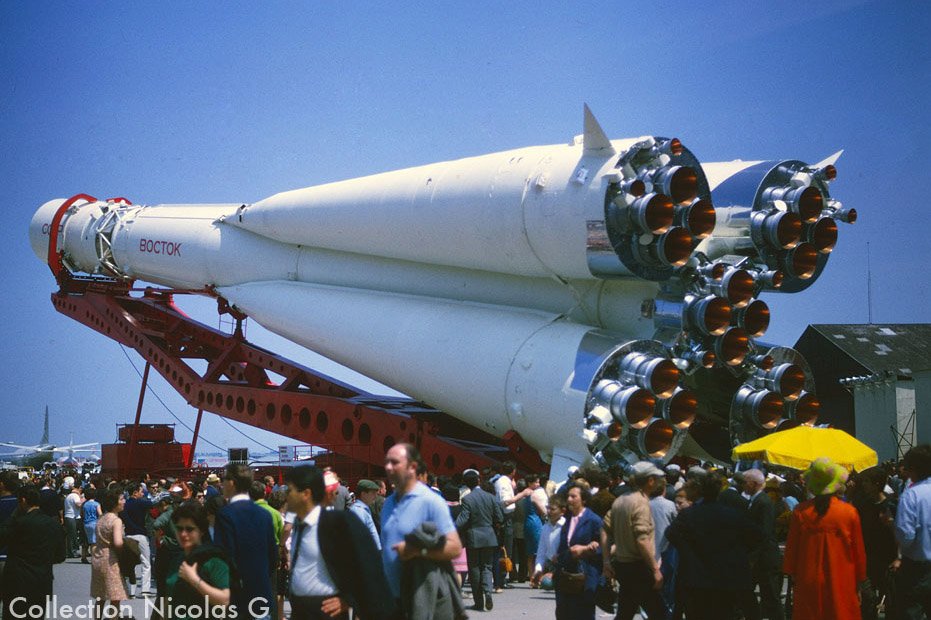
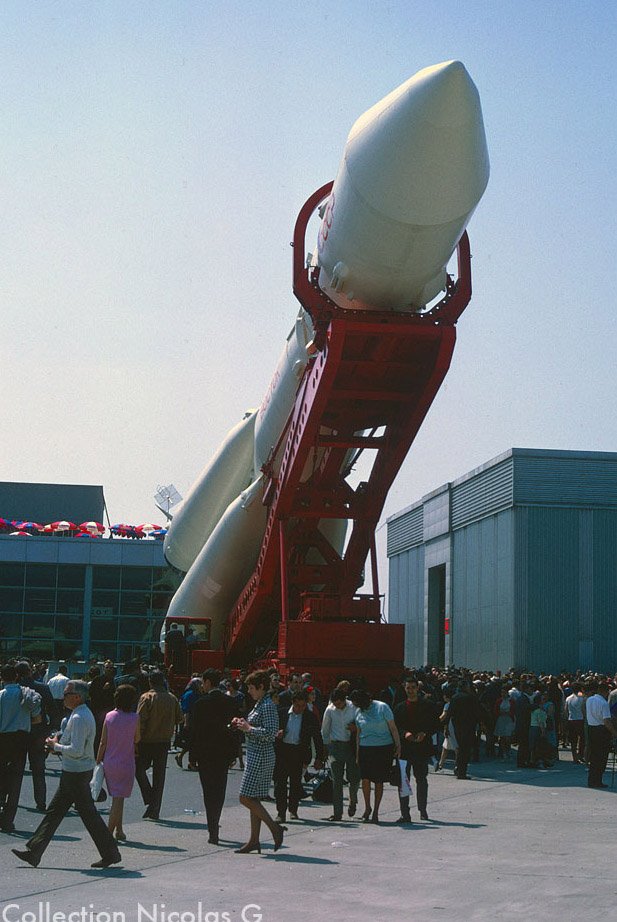
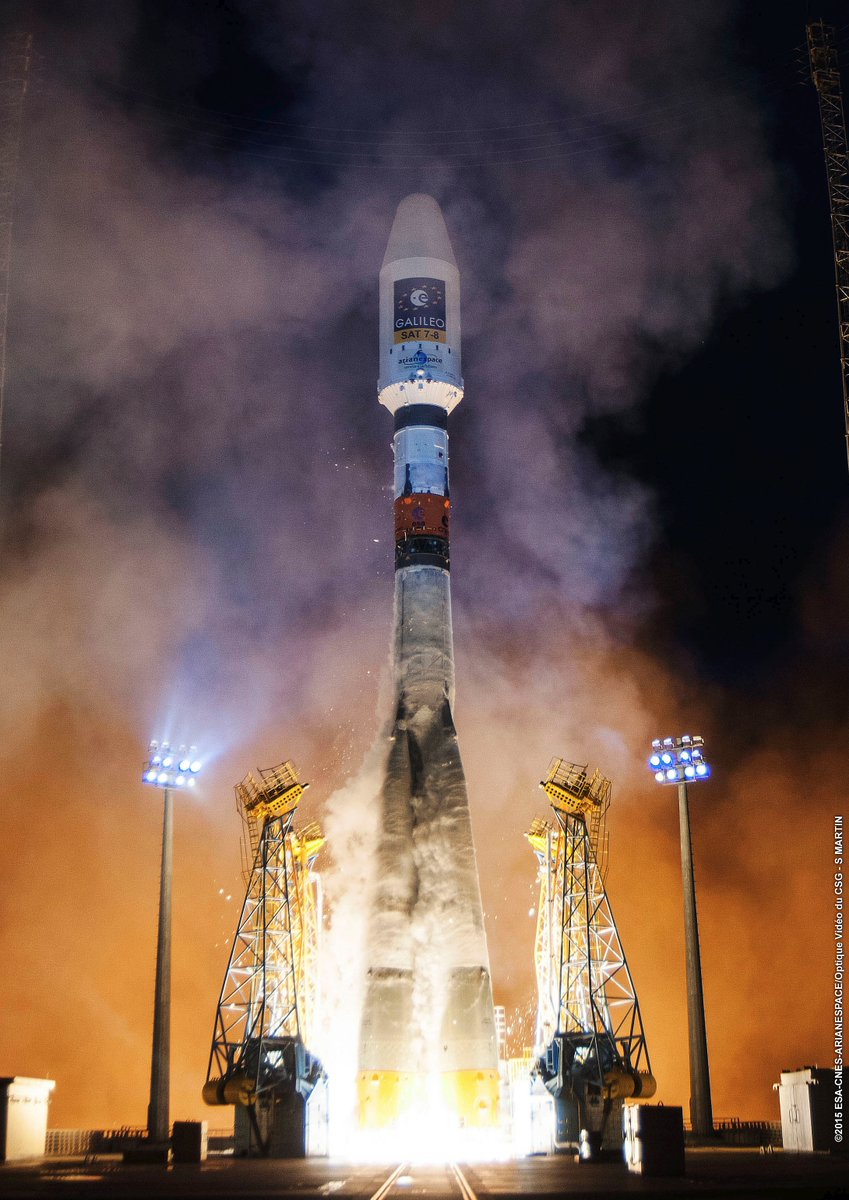 - CNES/Service Optique" title="There have been more Soyuz launches than American orbital flights (1 878 vs 1 757).And it& #39;s on these crazy numbers that I conclude this thread. Soyuz is an absolutely incredible launcher. 70 years old, and yet still competitive...https://abs.twimg.com/emoji/v2/... draggable="false" alt="📸" title="Kamera mit Blitz" aria-label="Emoji: Kamera mit Blitz"> - CNES/Service Optique" class="img-responsive" style="max-width:100%;"/>
- CNES/Service Optique" title="There have been more Soyuz launches than American orbital flights (1 878 vs 1 757).And it& #39;s on these crazy numbers that I conclude this thread. Soyuz is an absolutely incredible launcher. 70 years old, and yet still competitive...https://abs.twimg.com/emoji/v2/... draggable="false" alt="📸" title="Kamera mit Blitz" aria-label="Emoji: Kamera mit Blitz"> - CNES/Service Optique" class="img-responsive" style="max-width:100%;"/>
